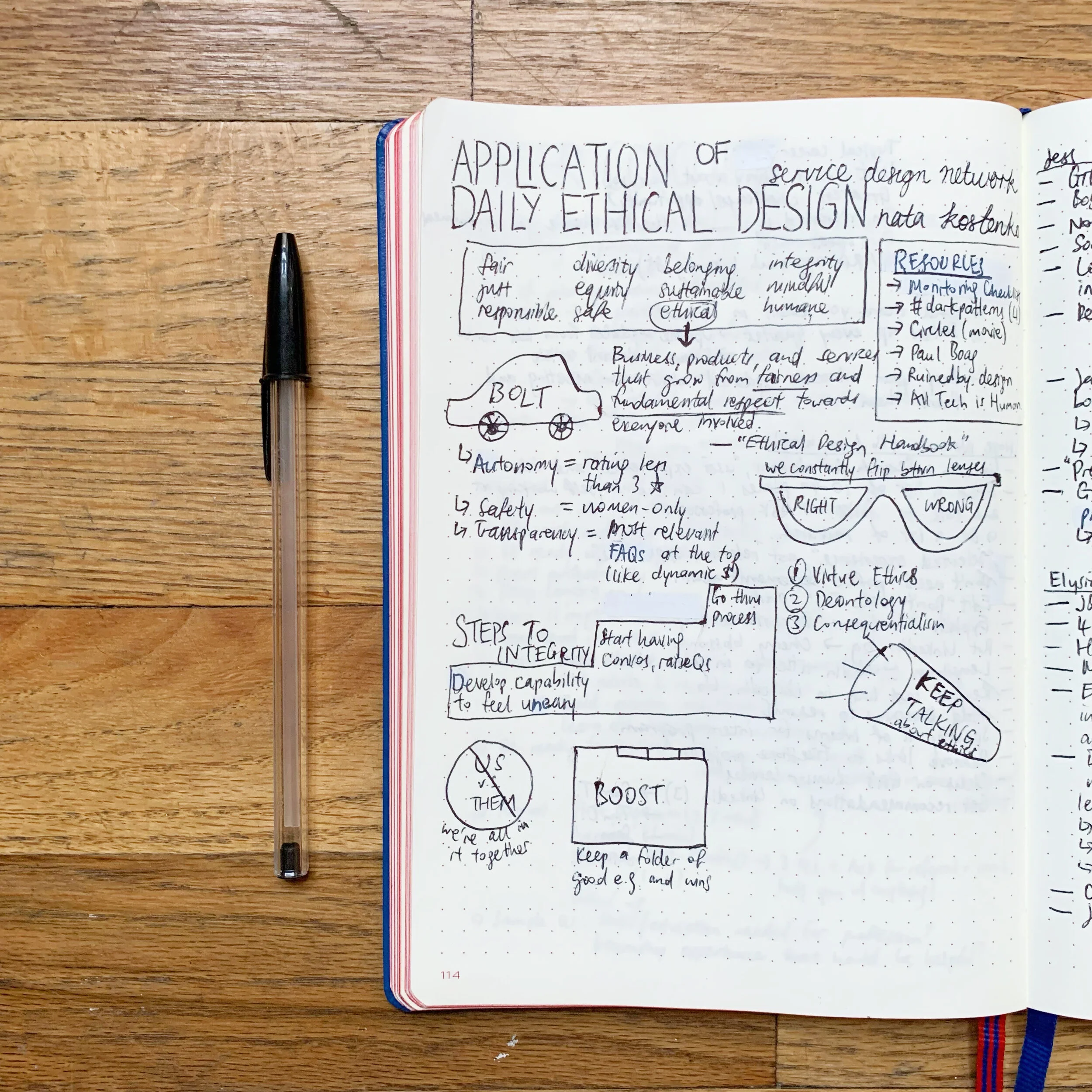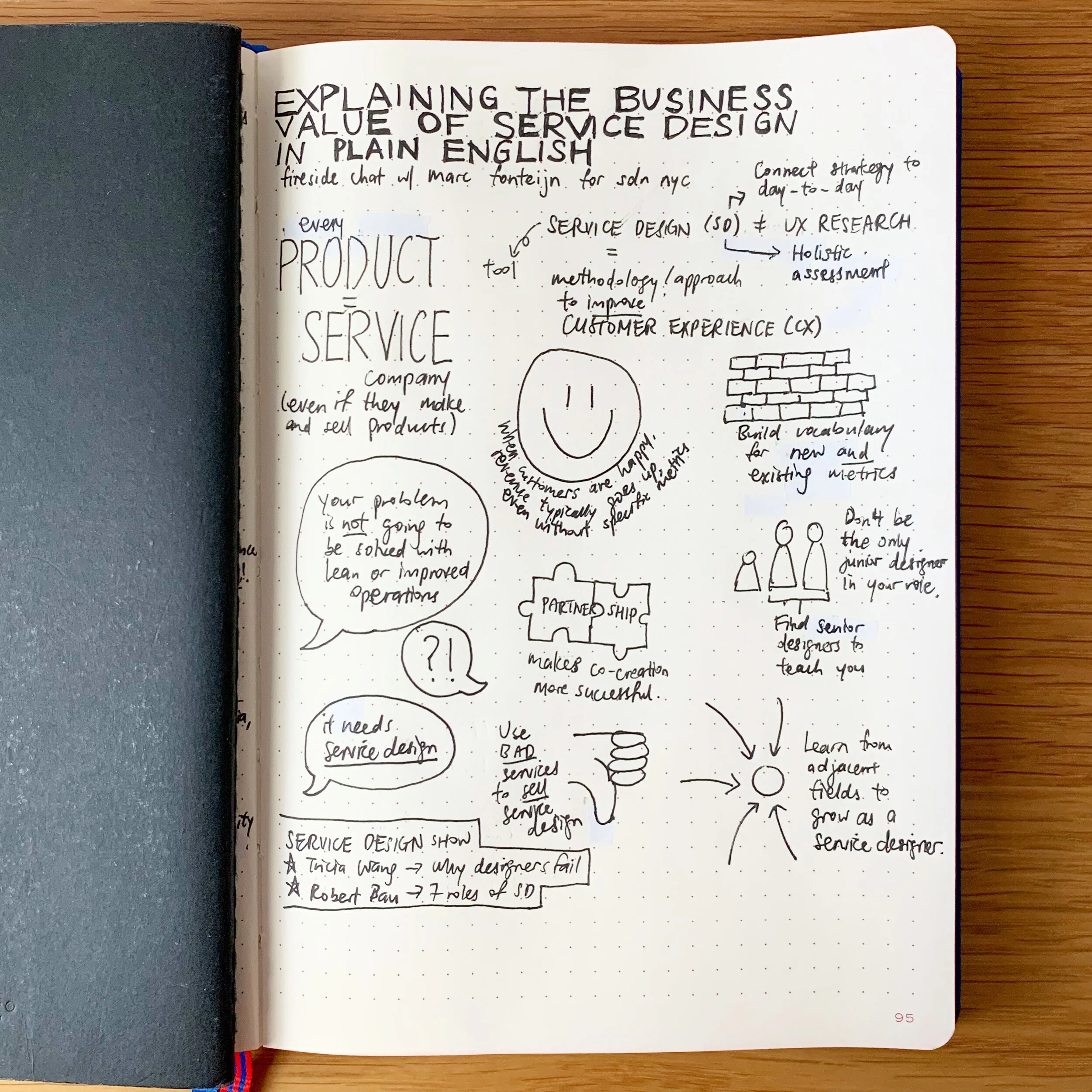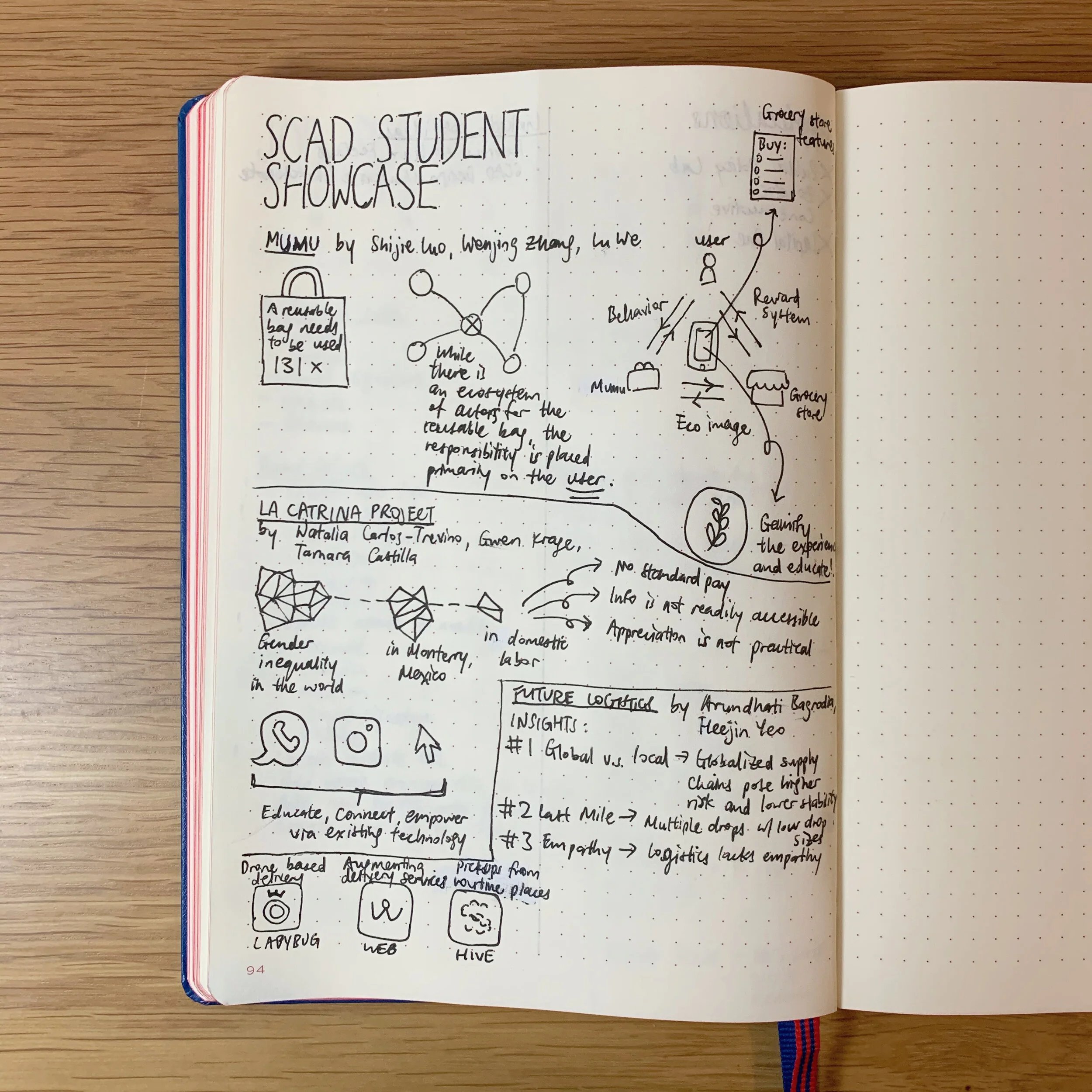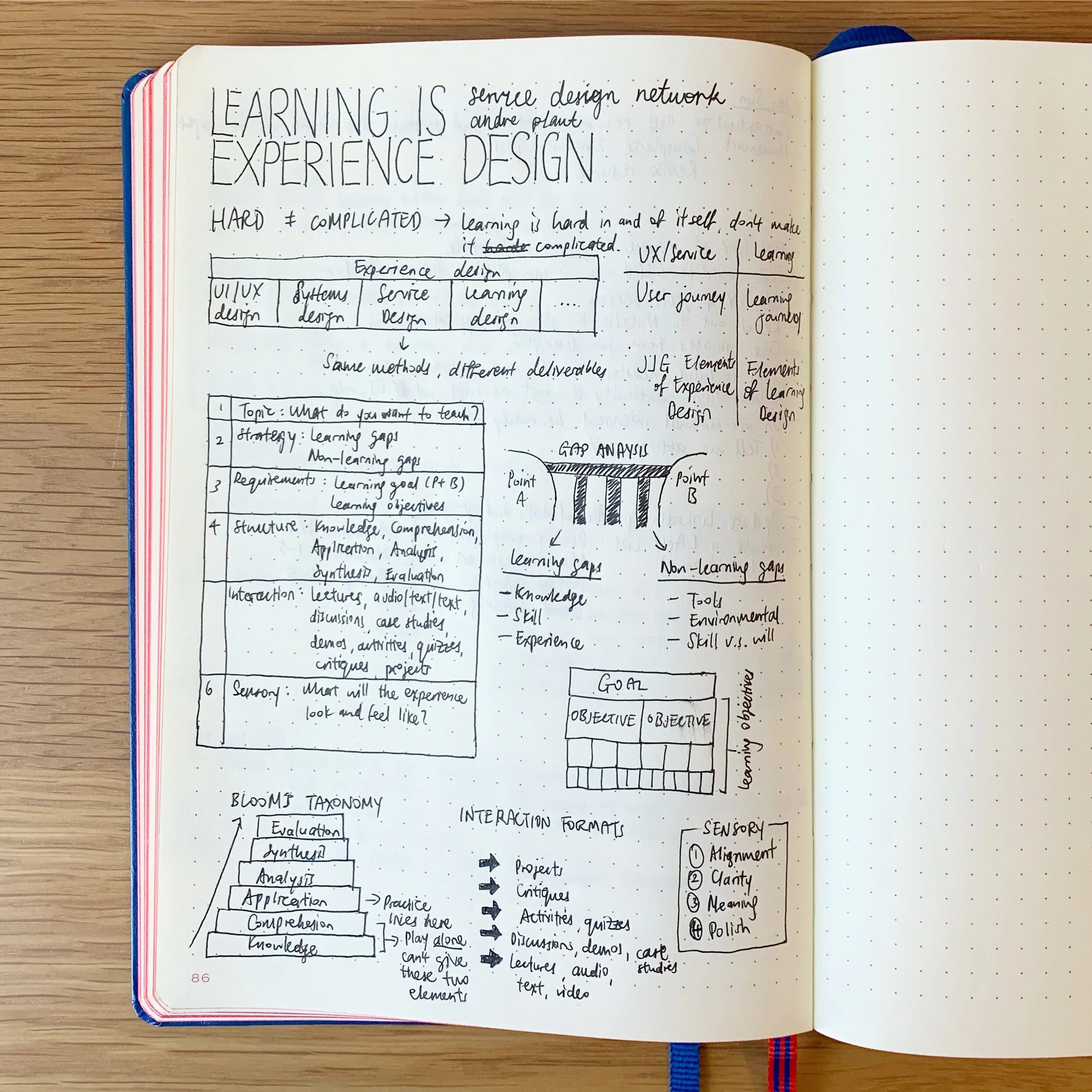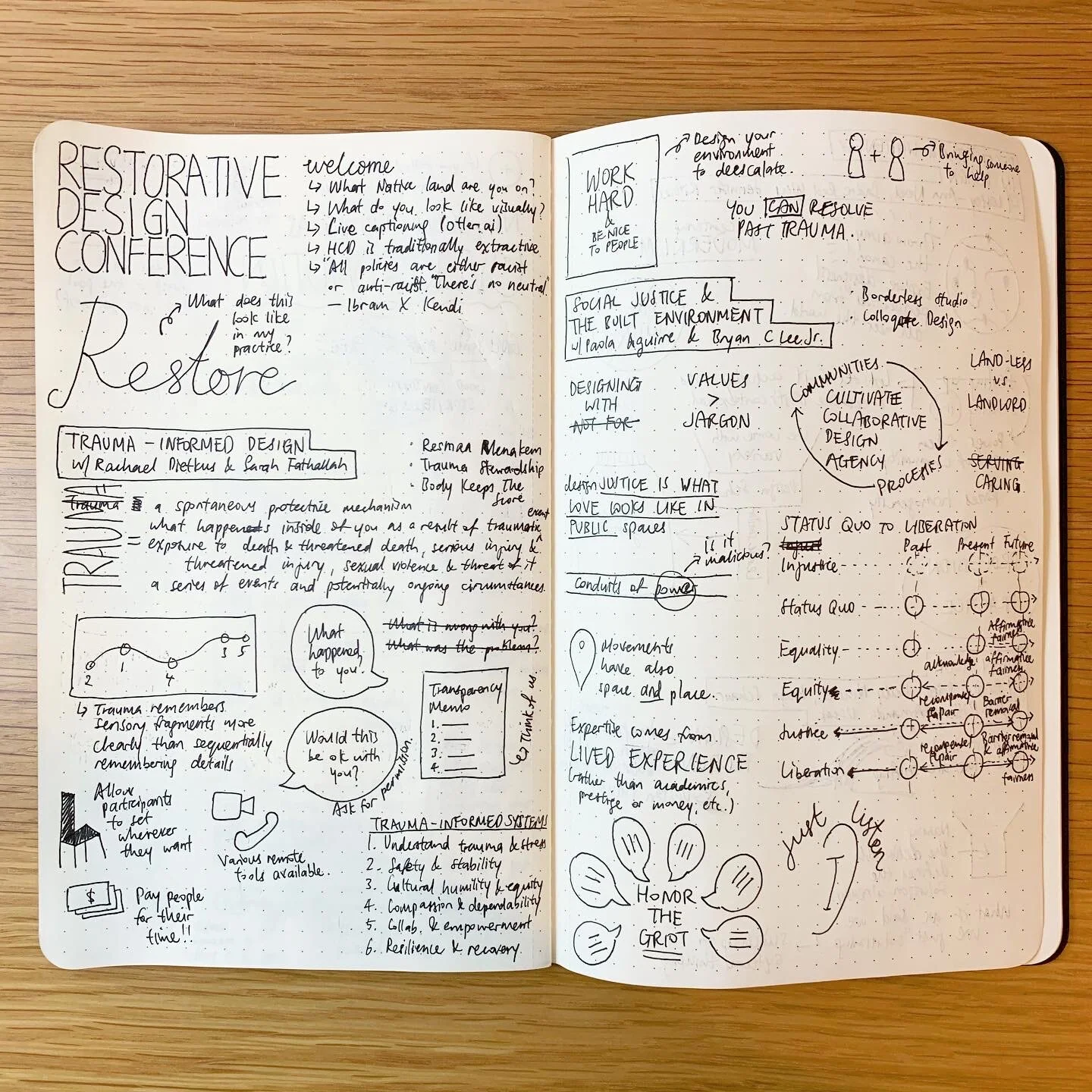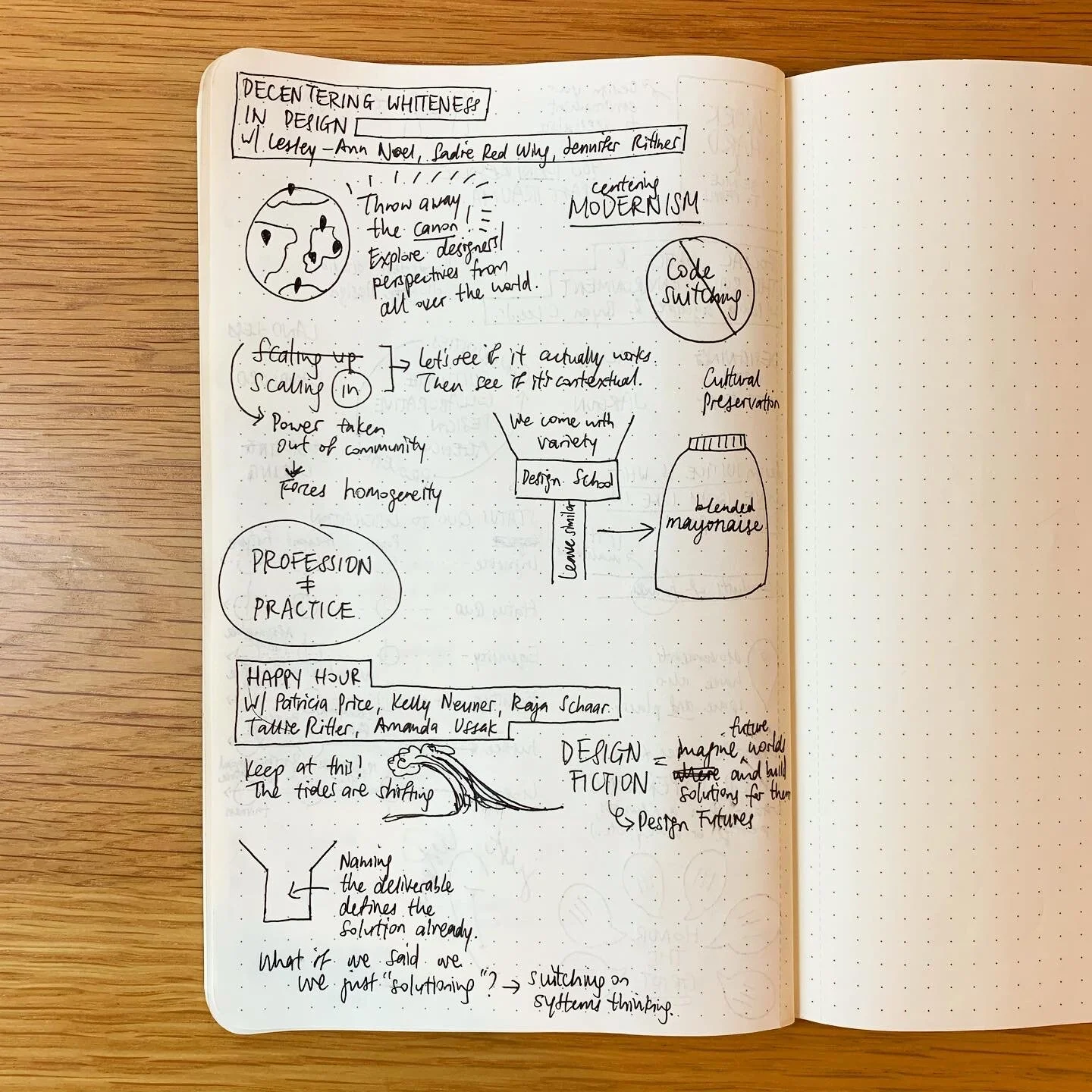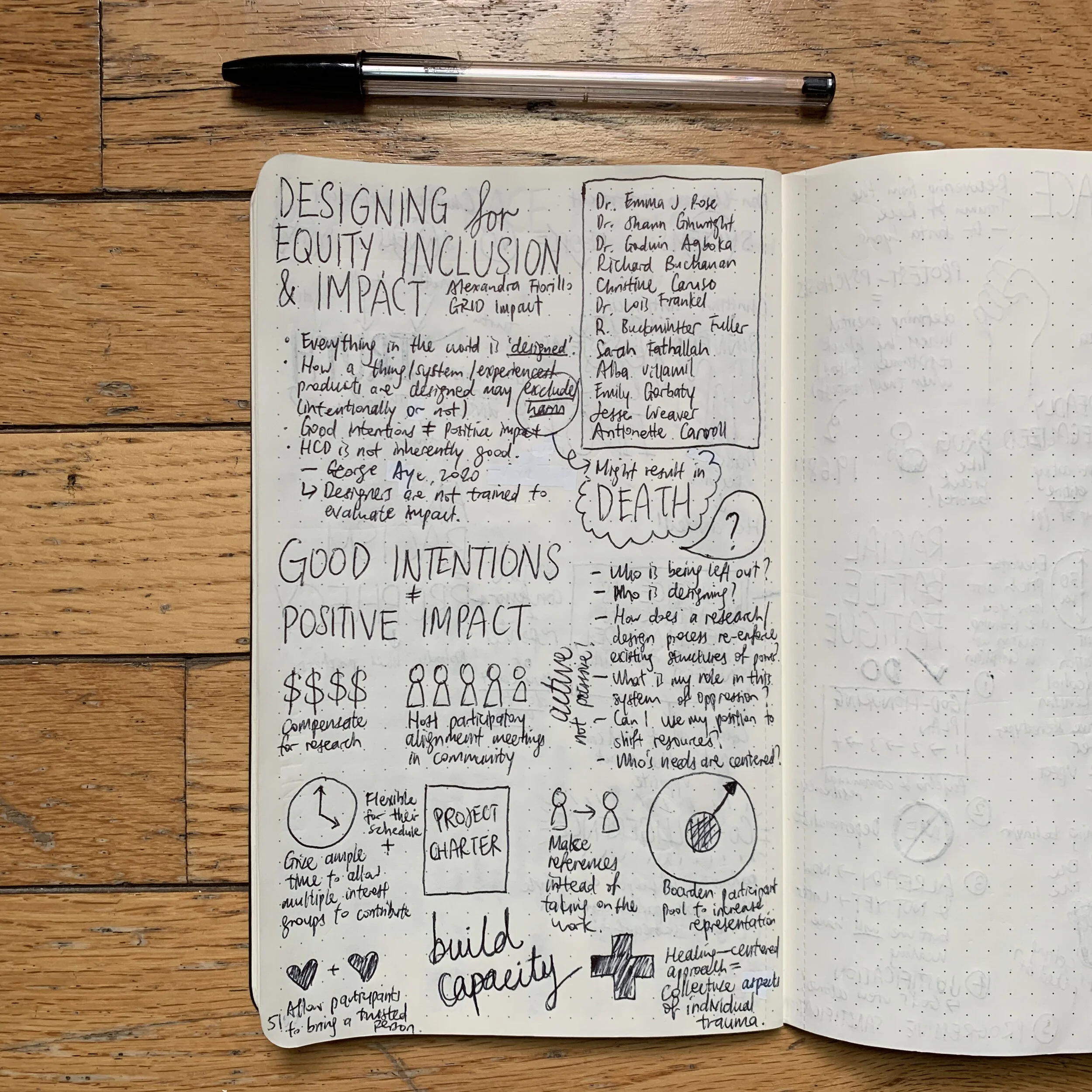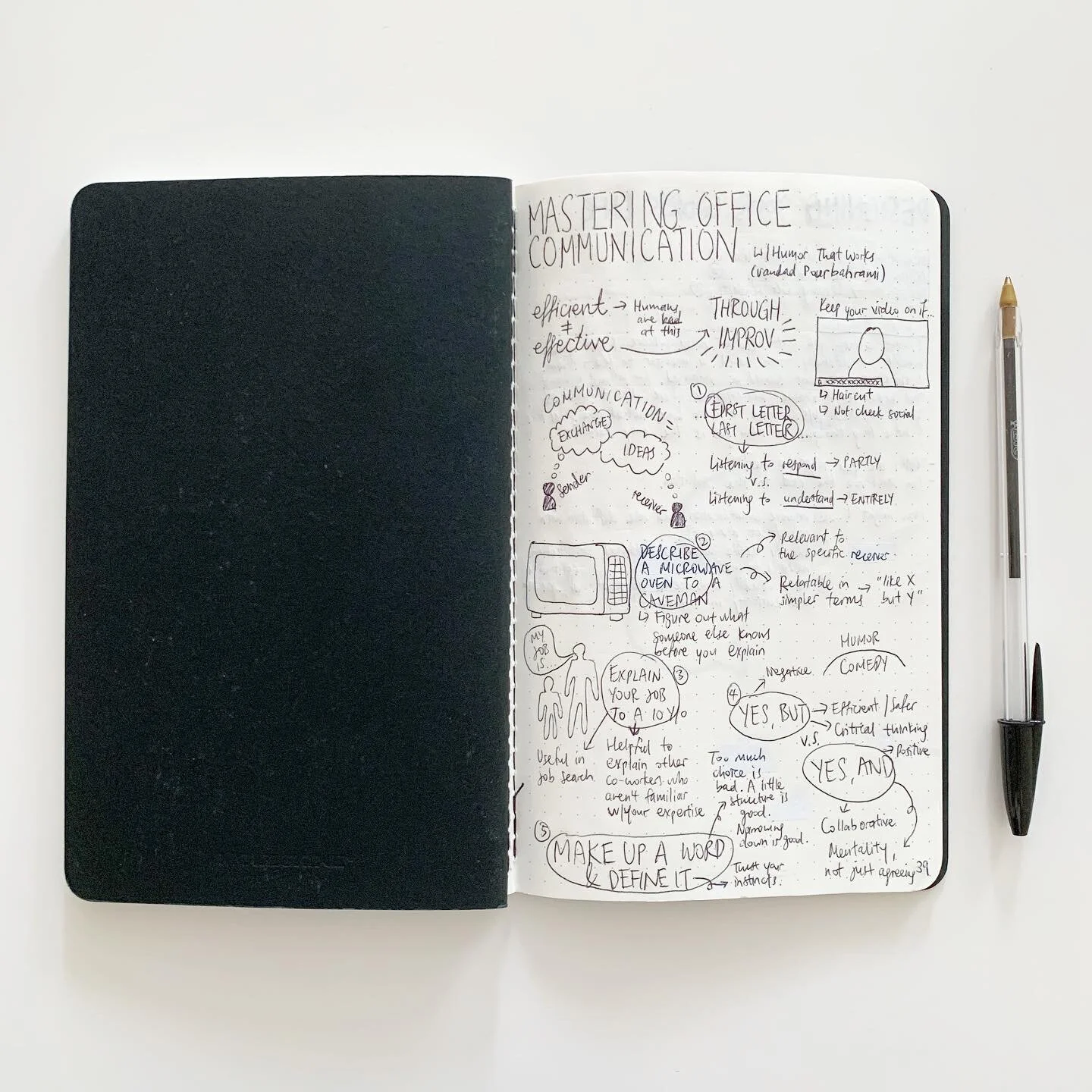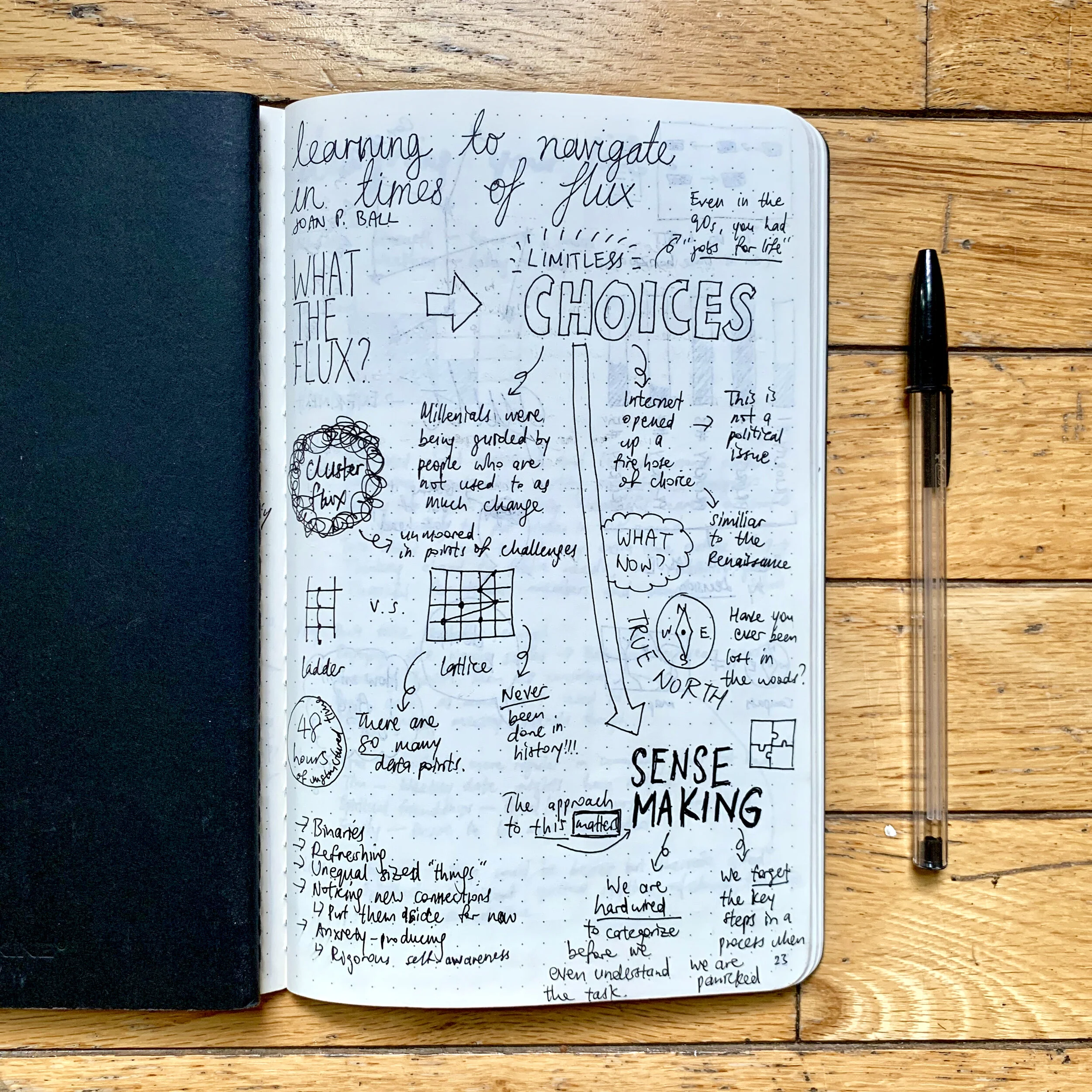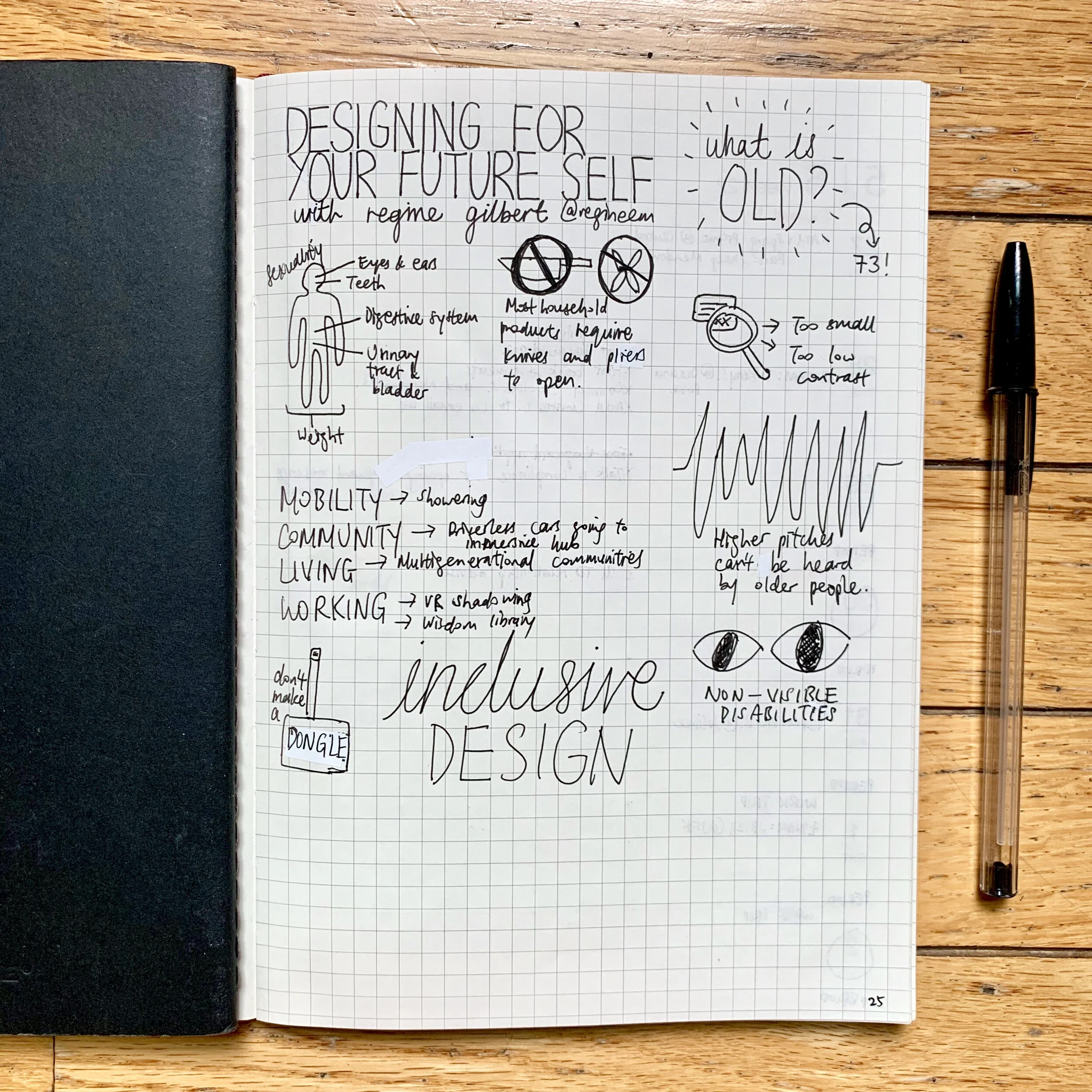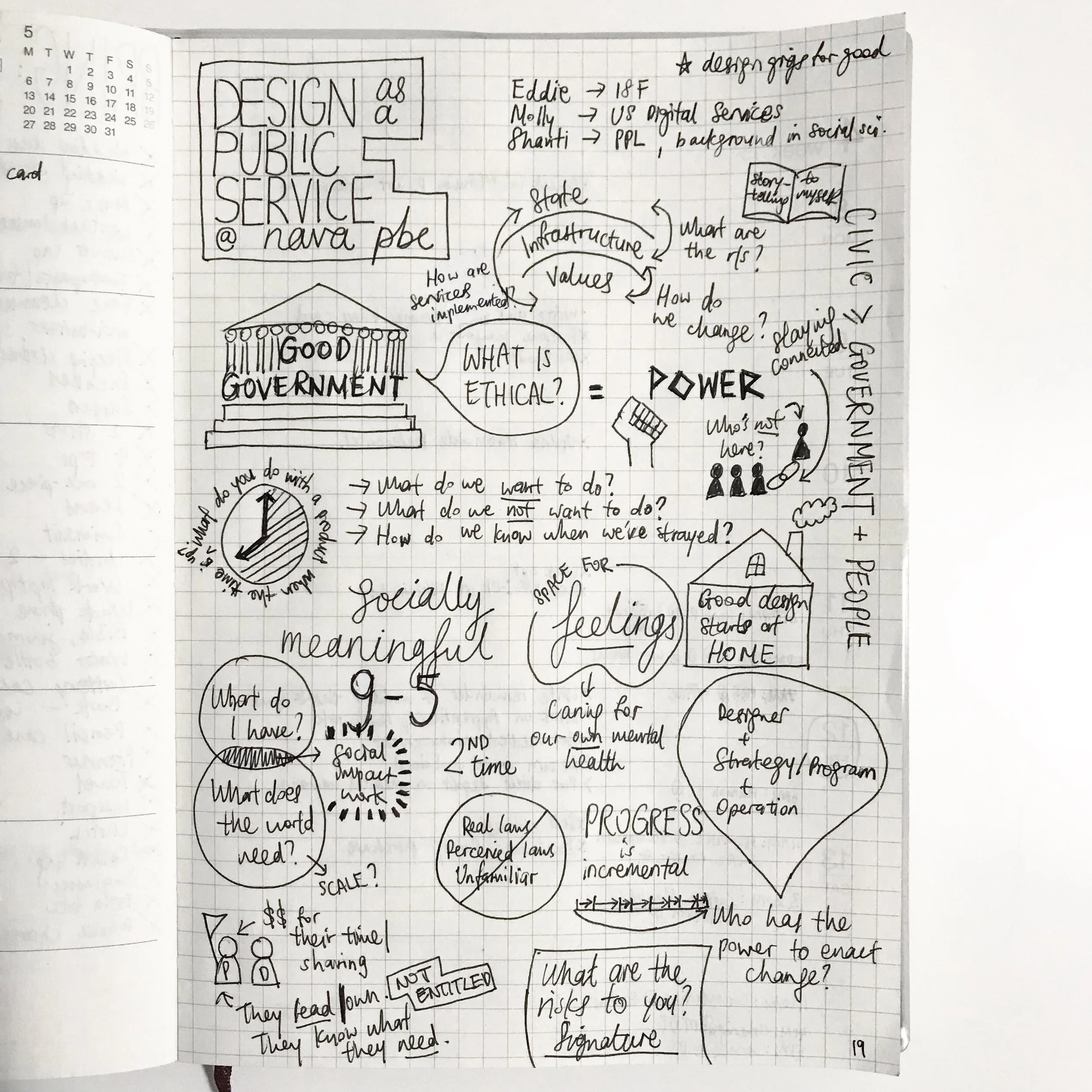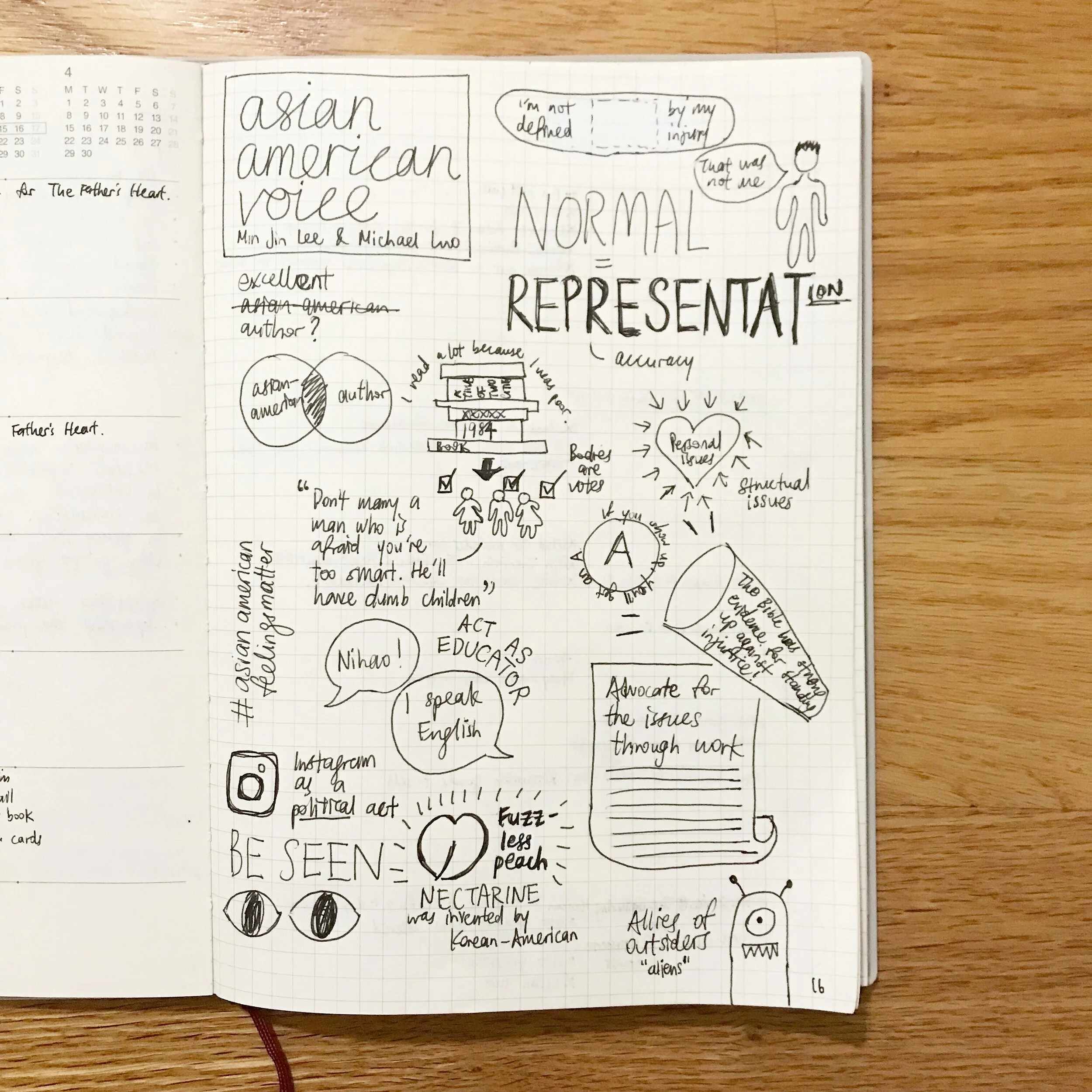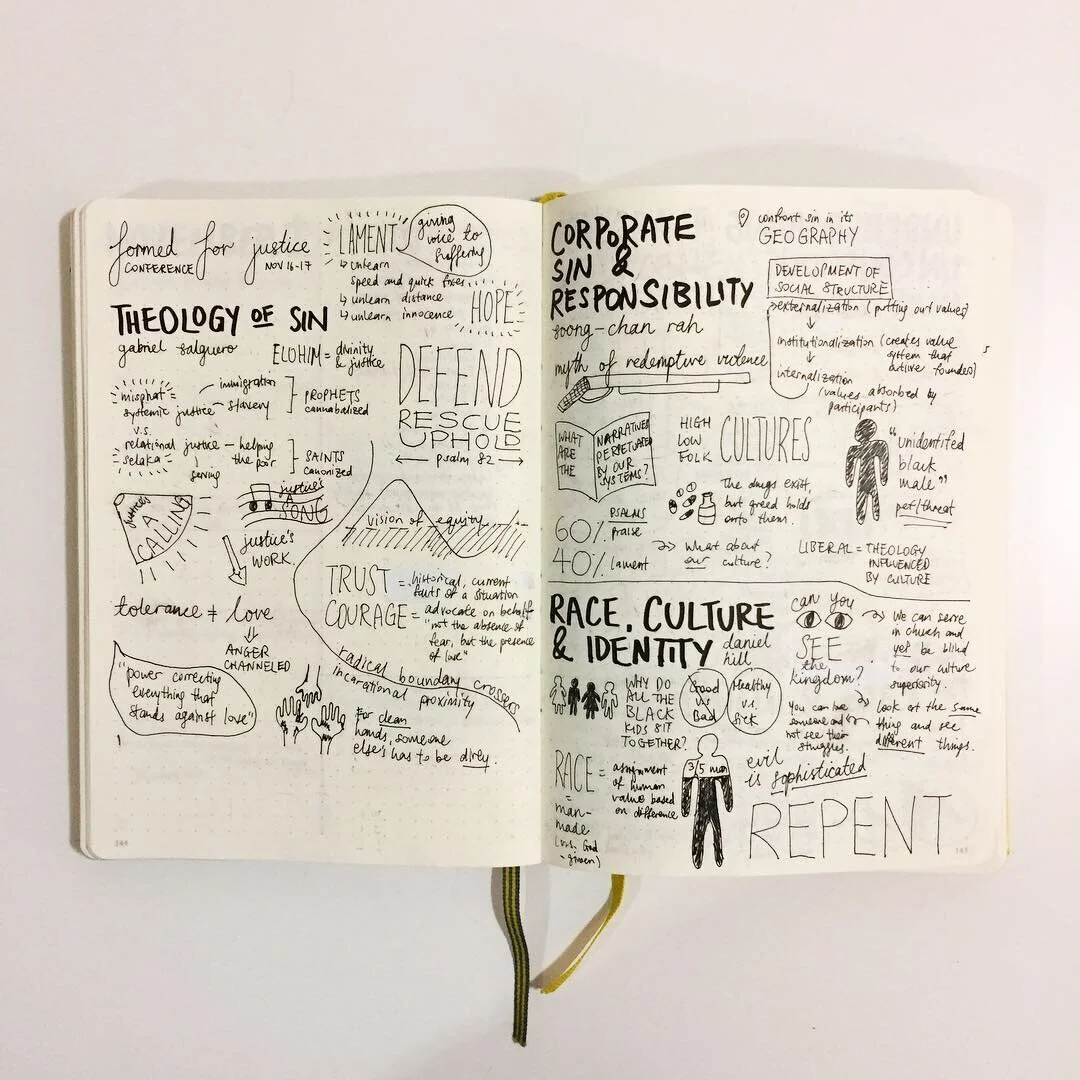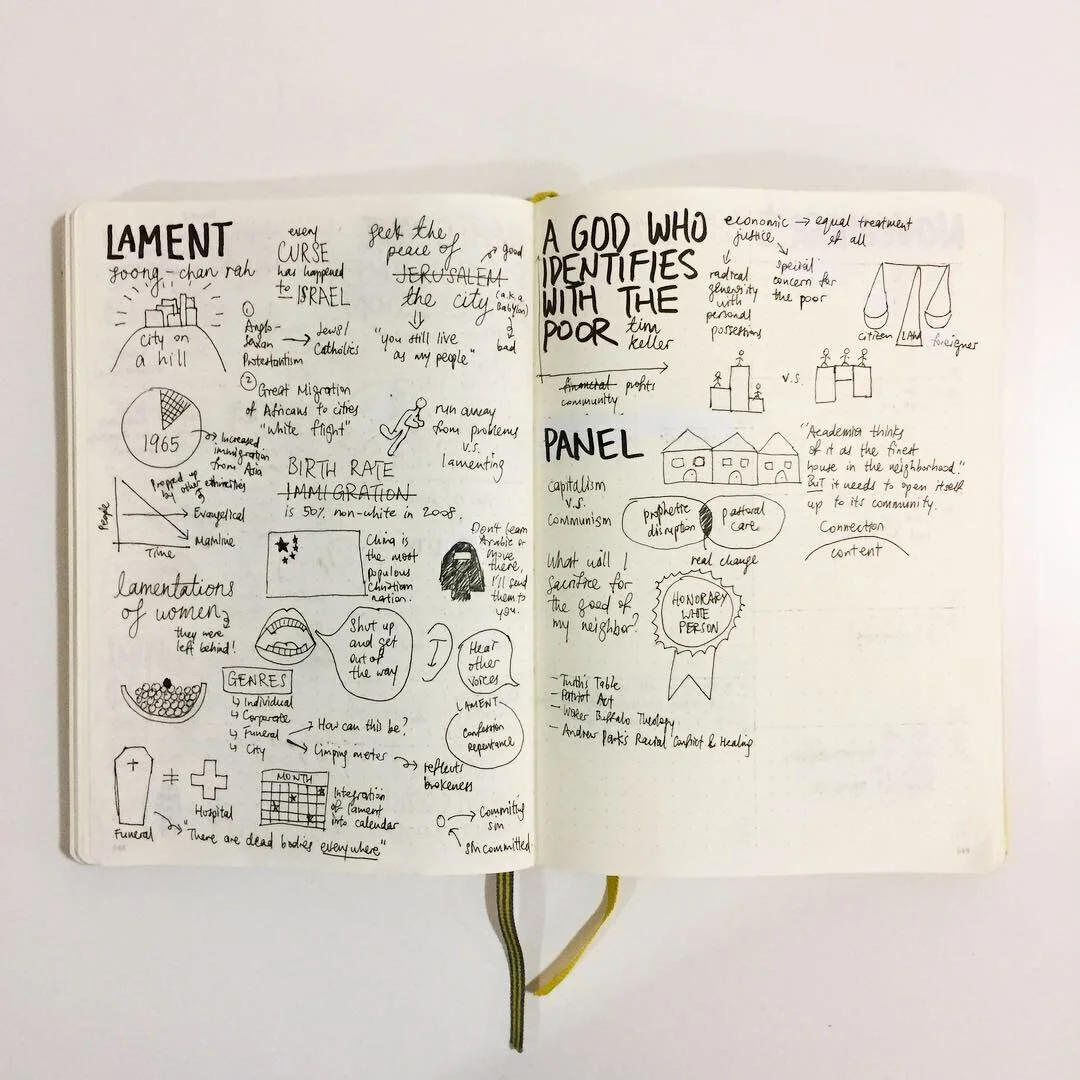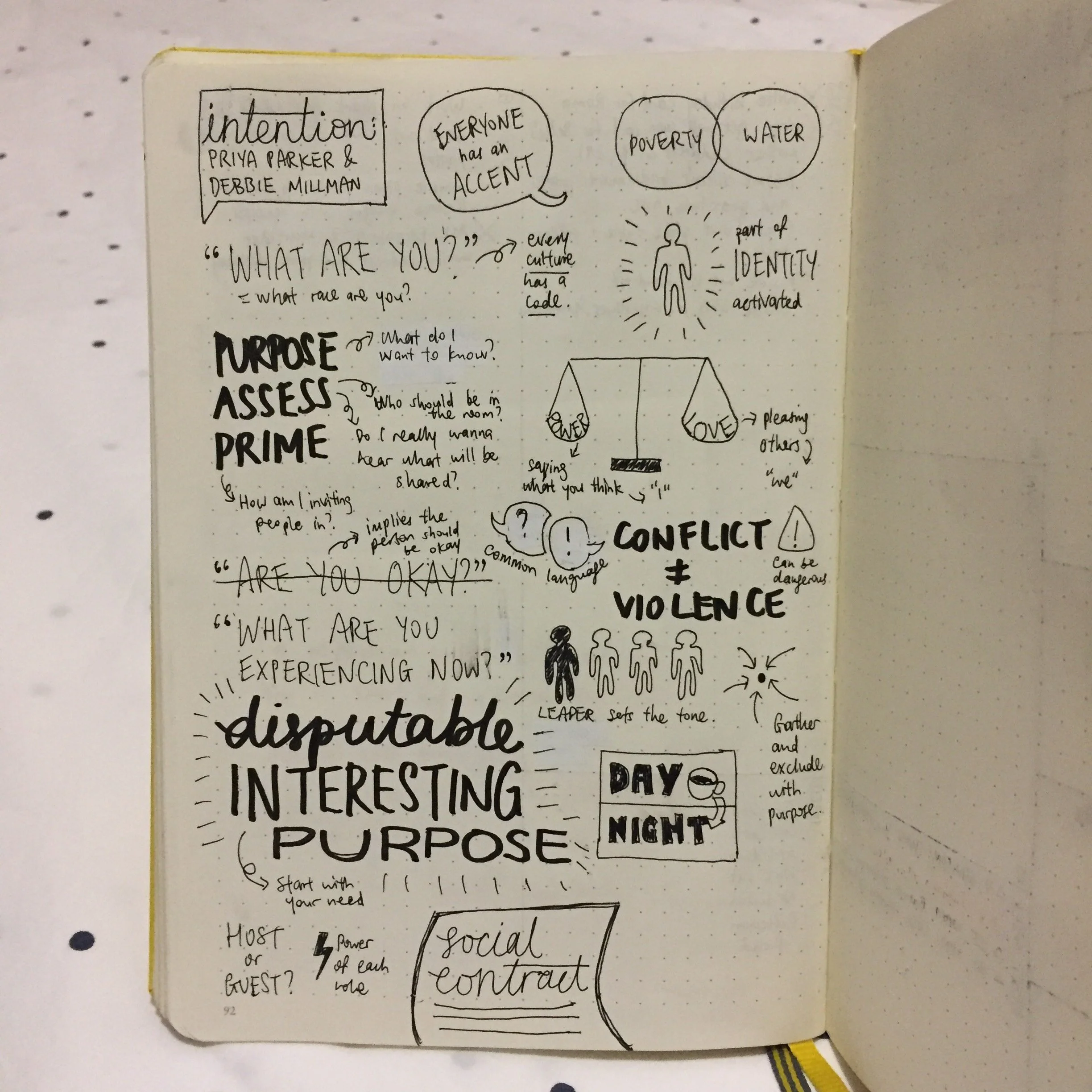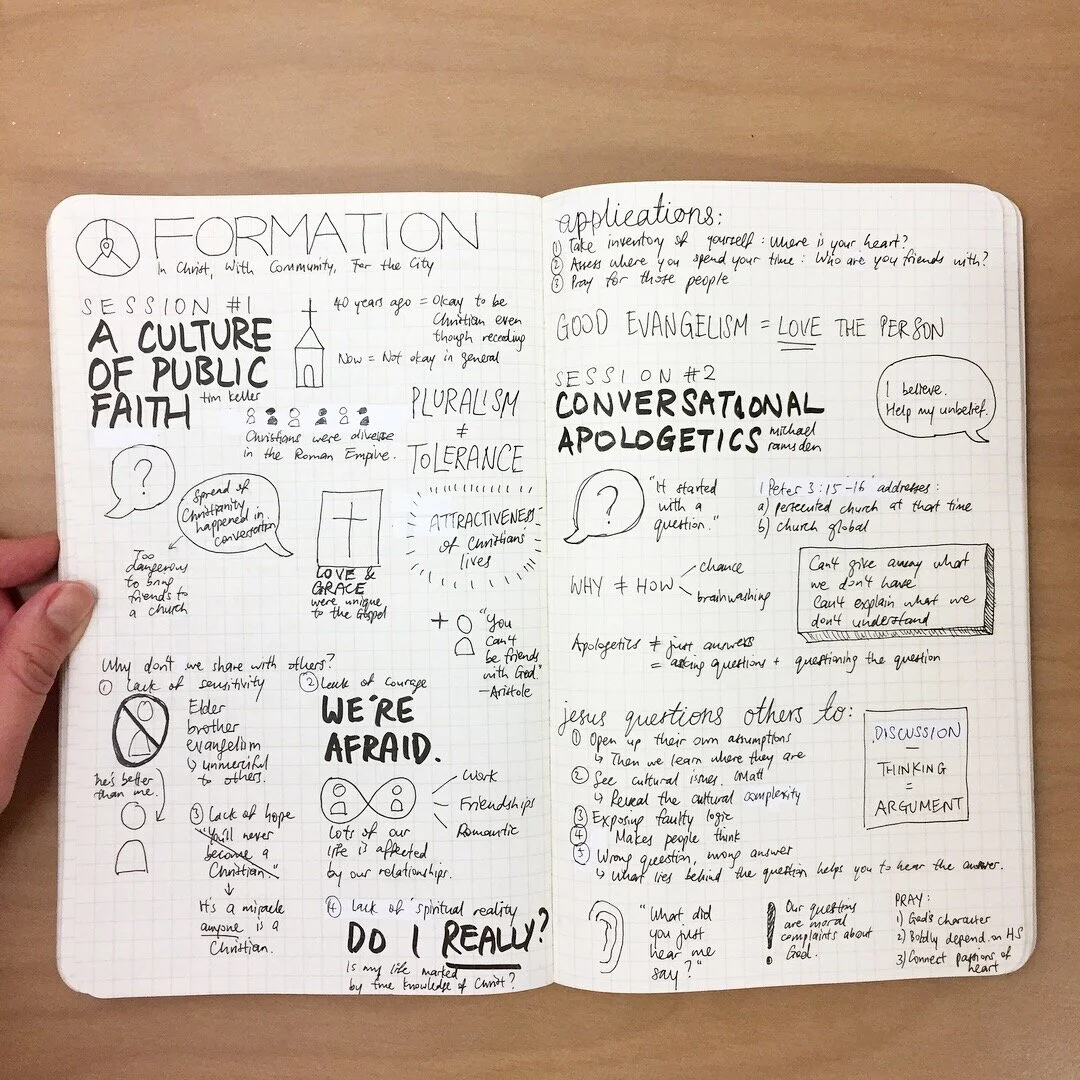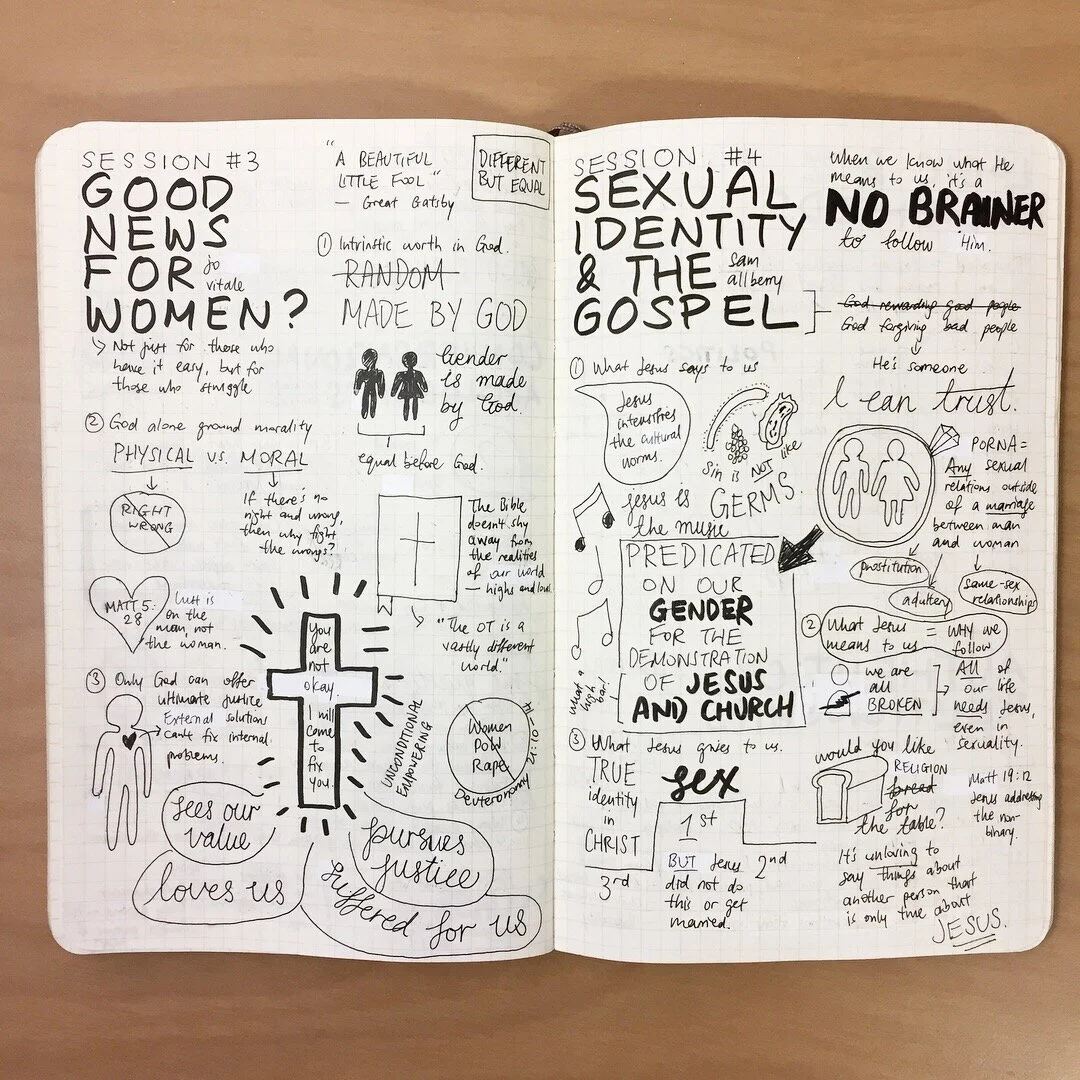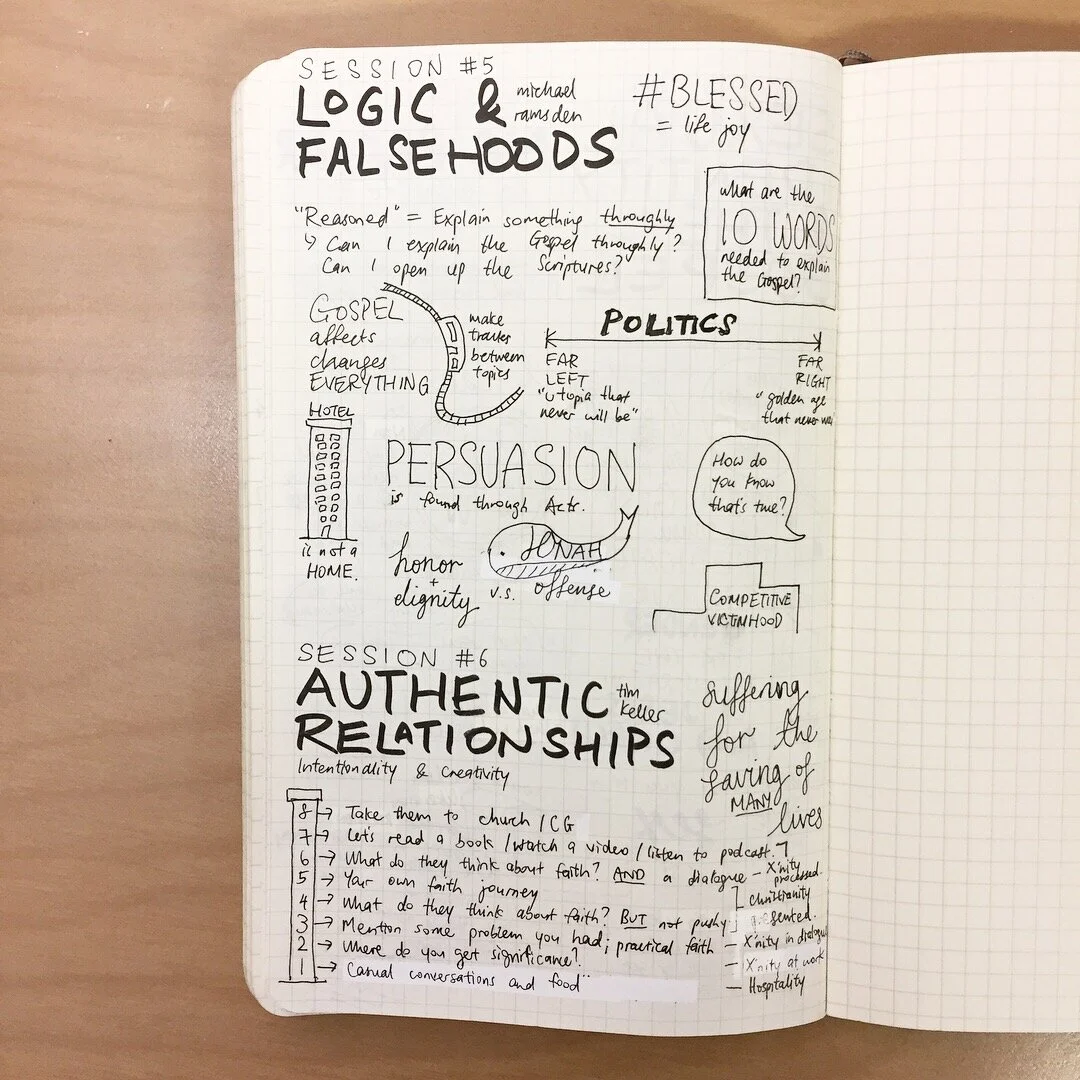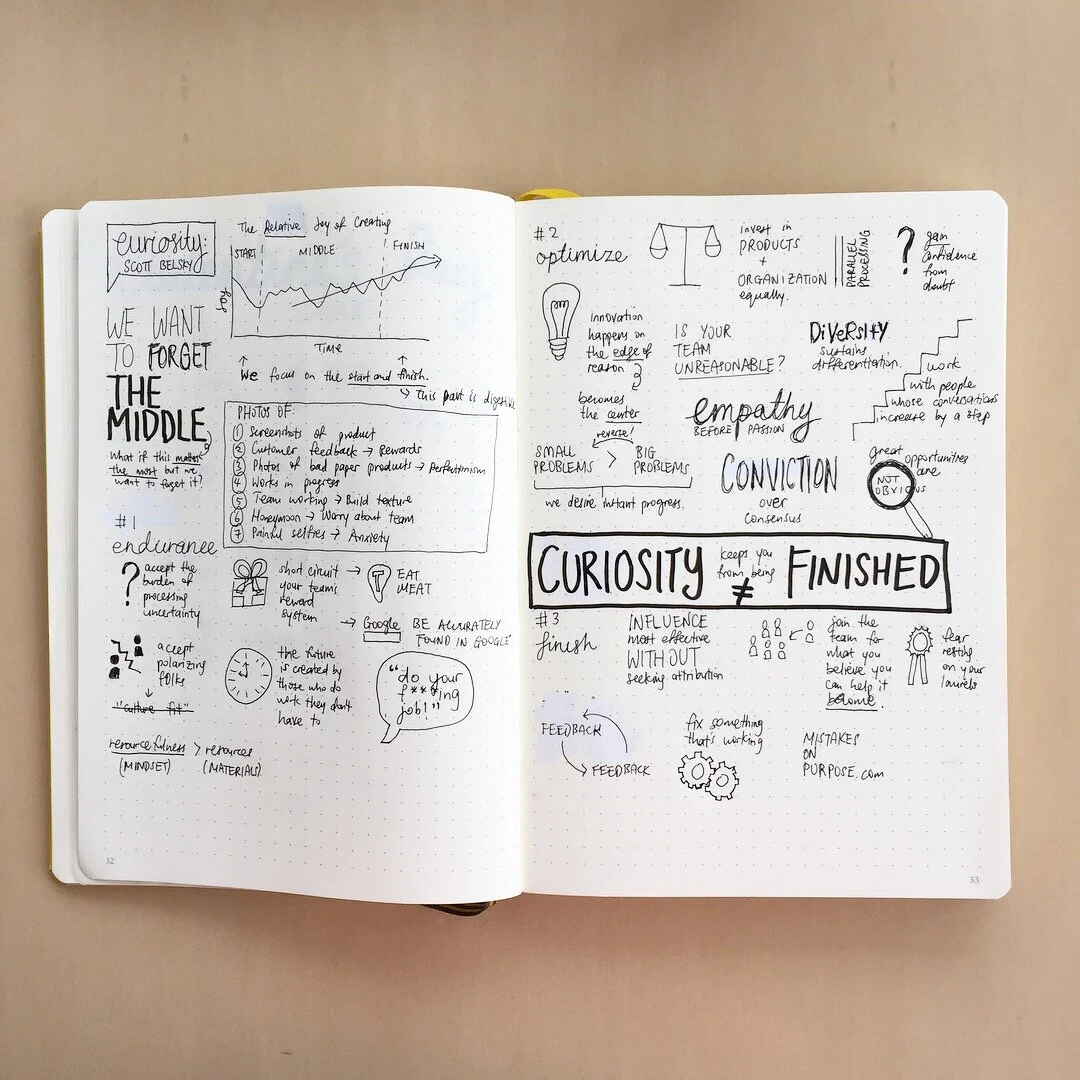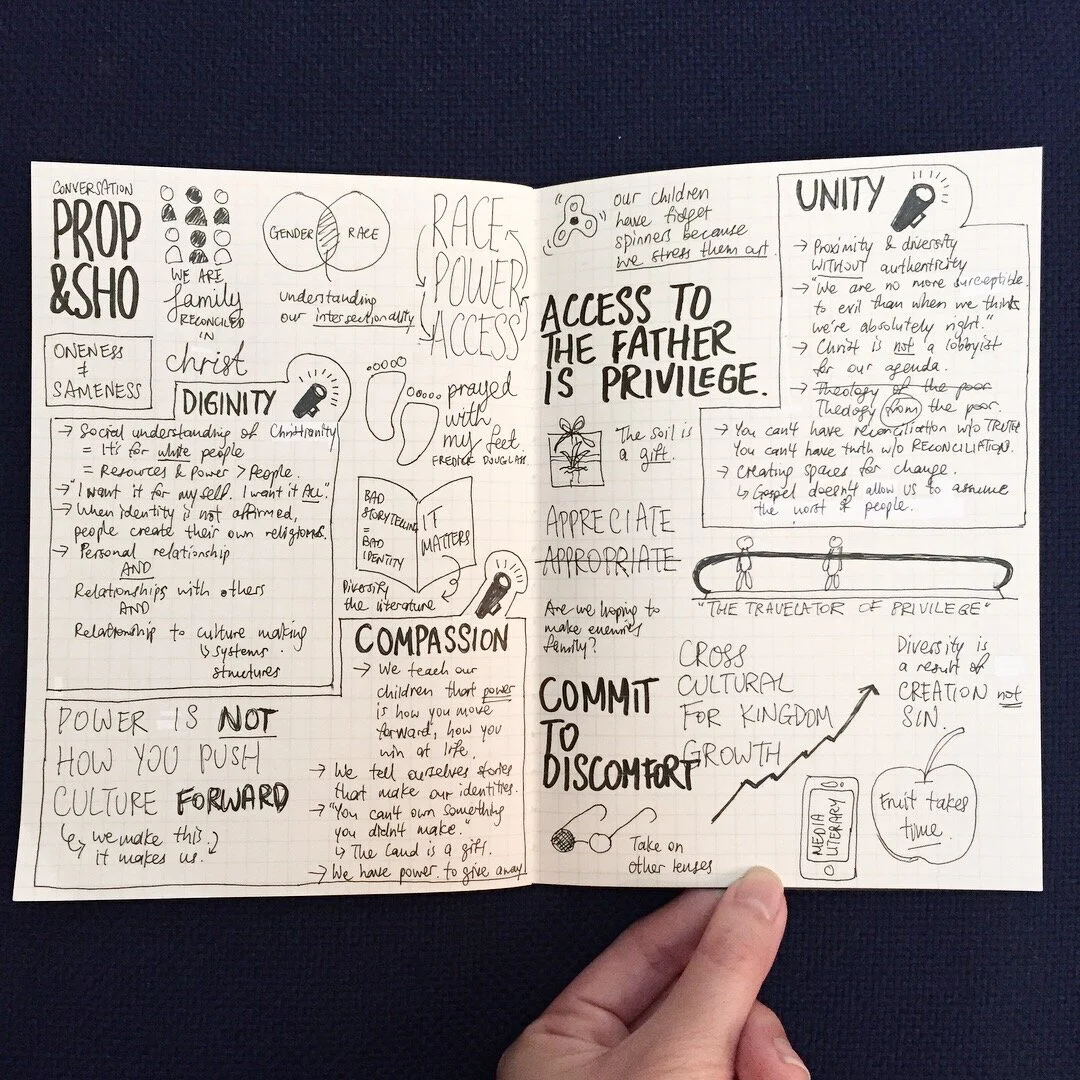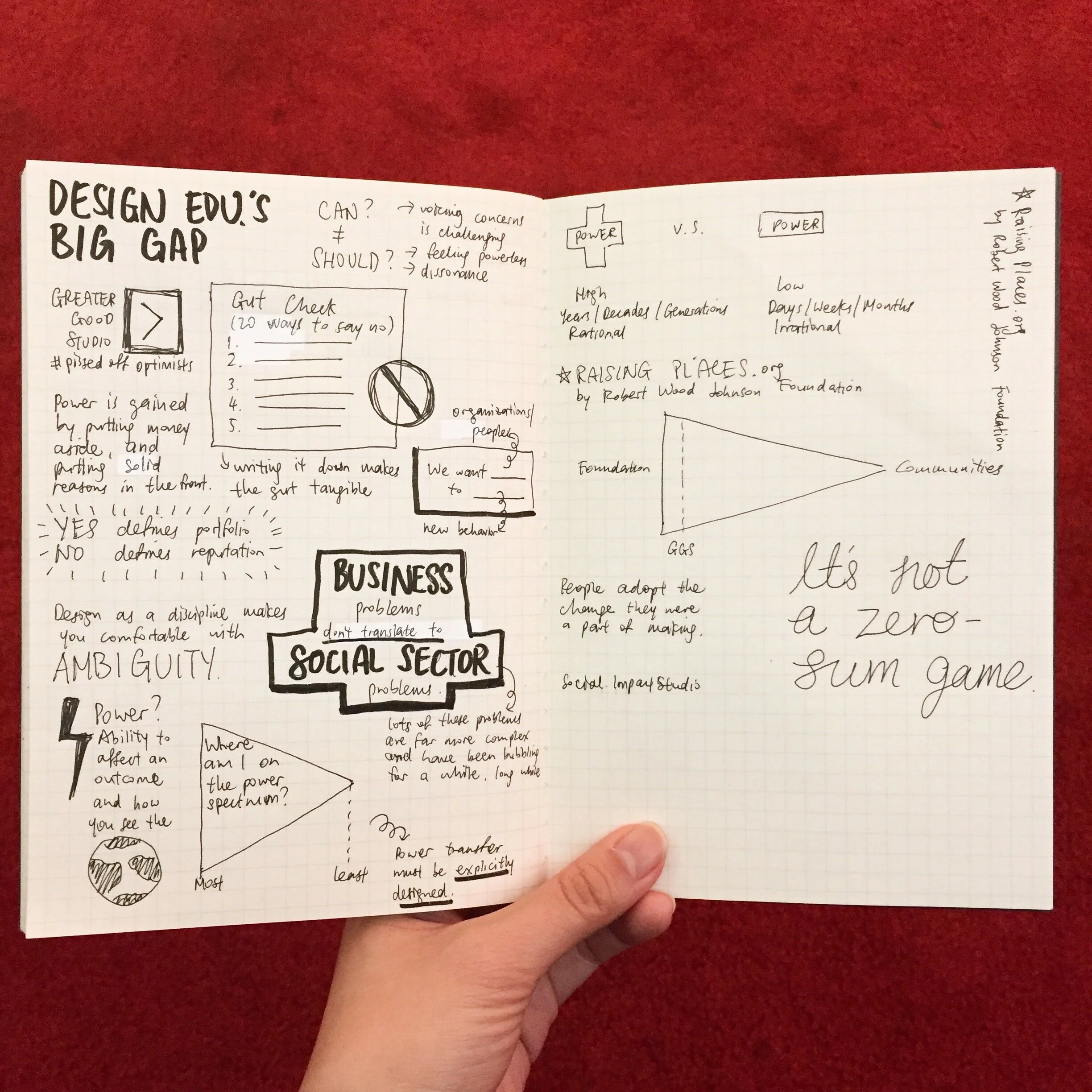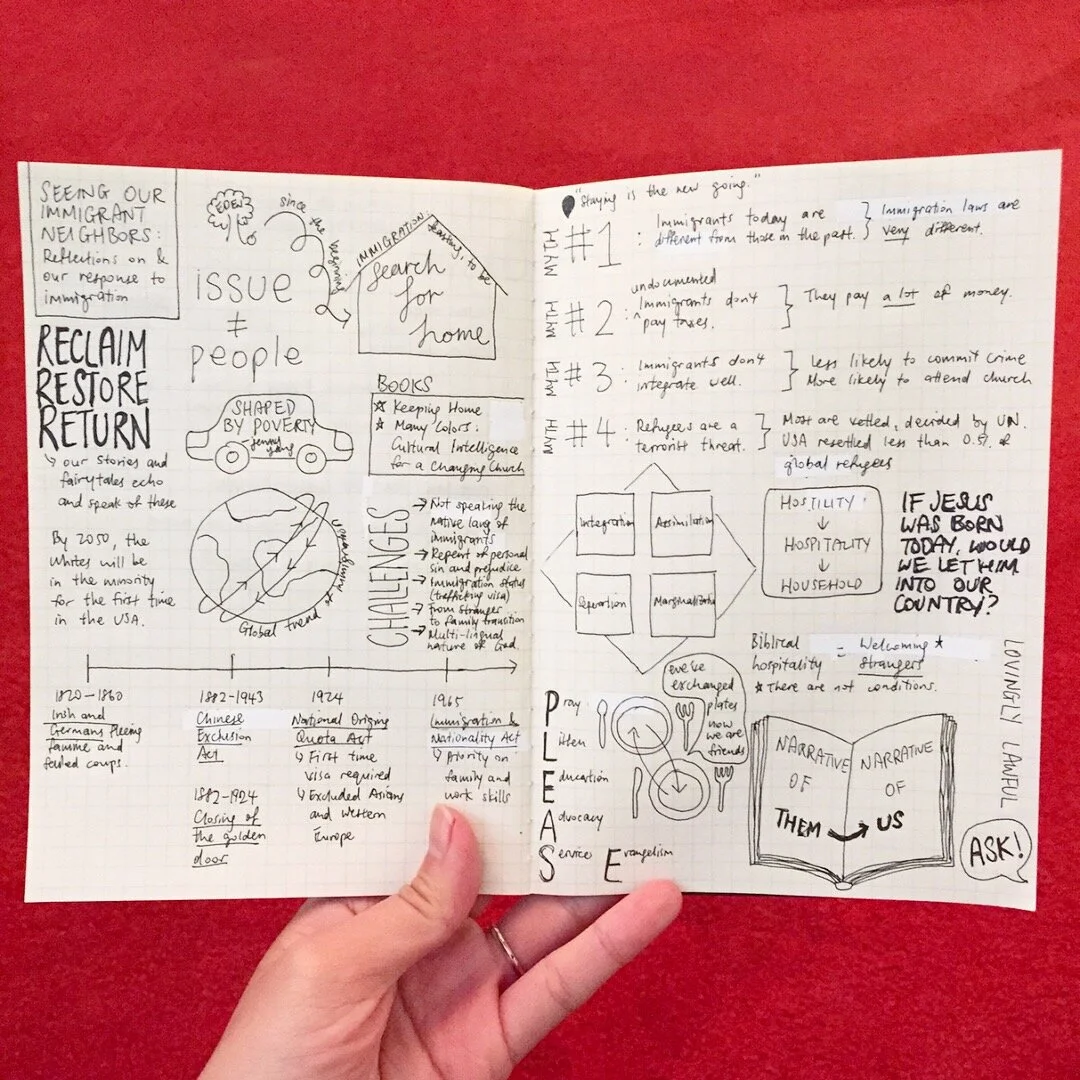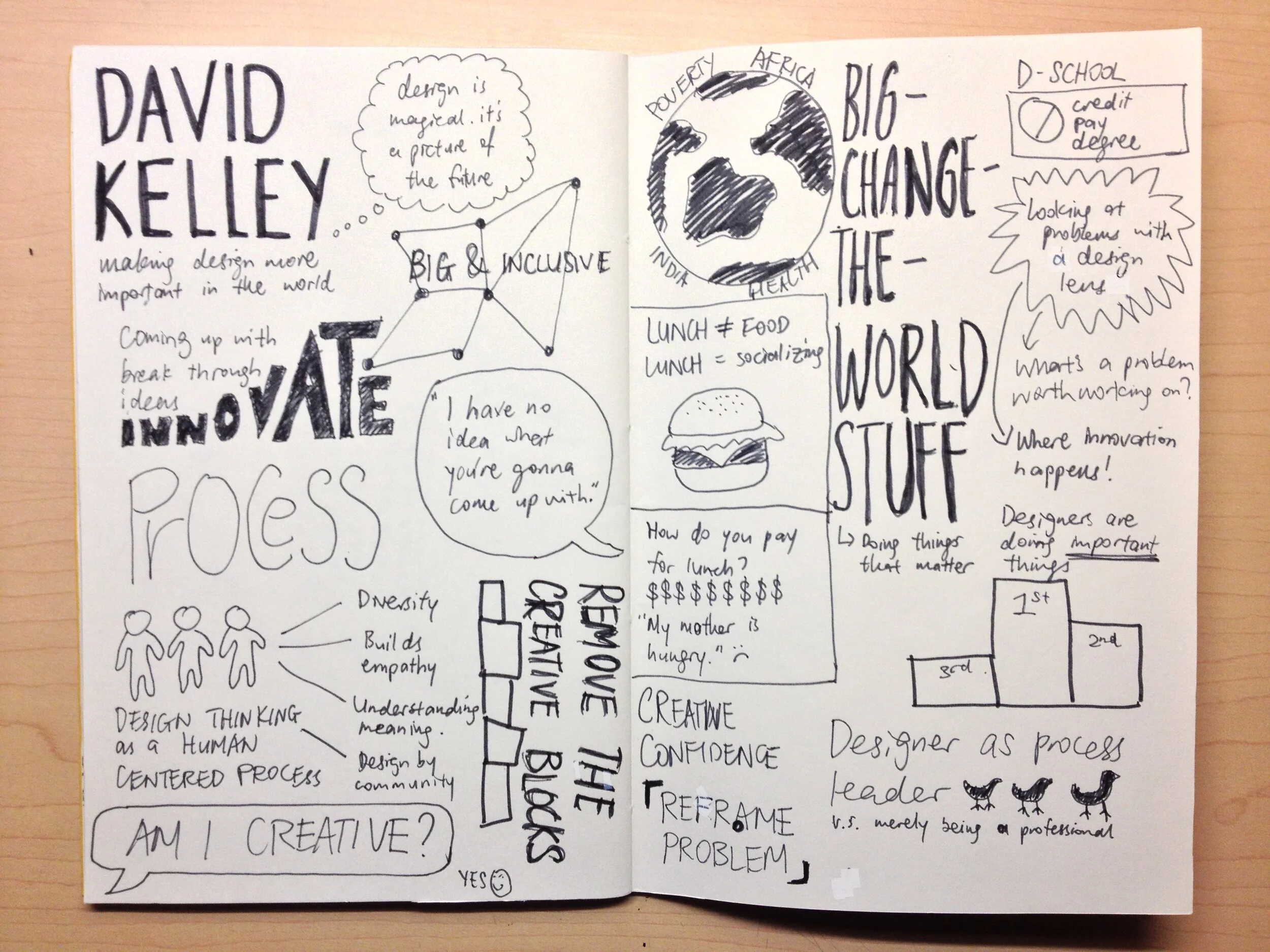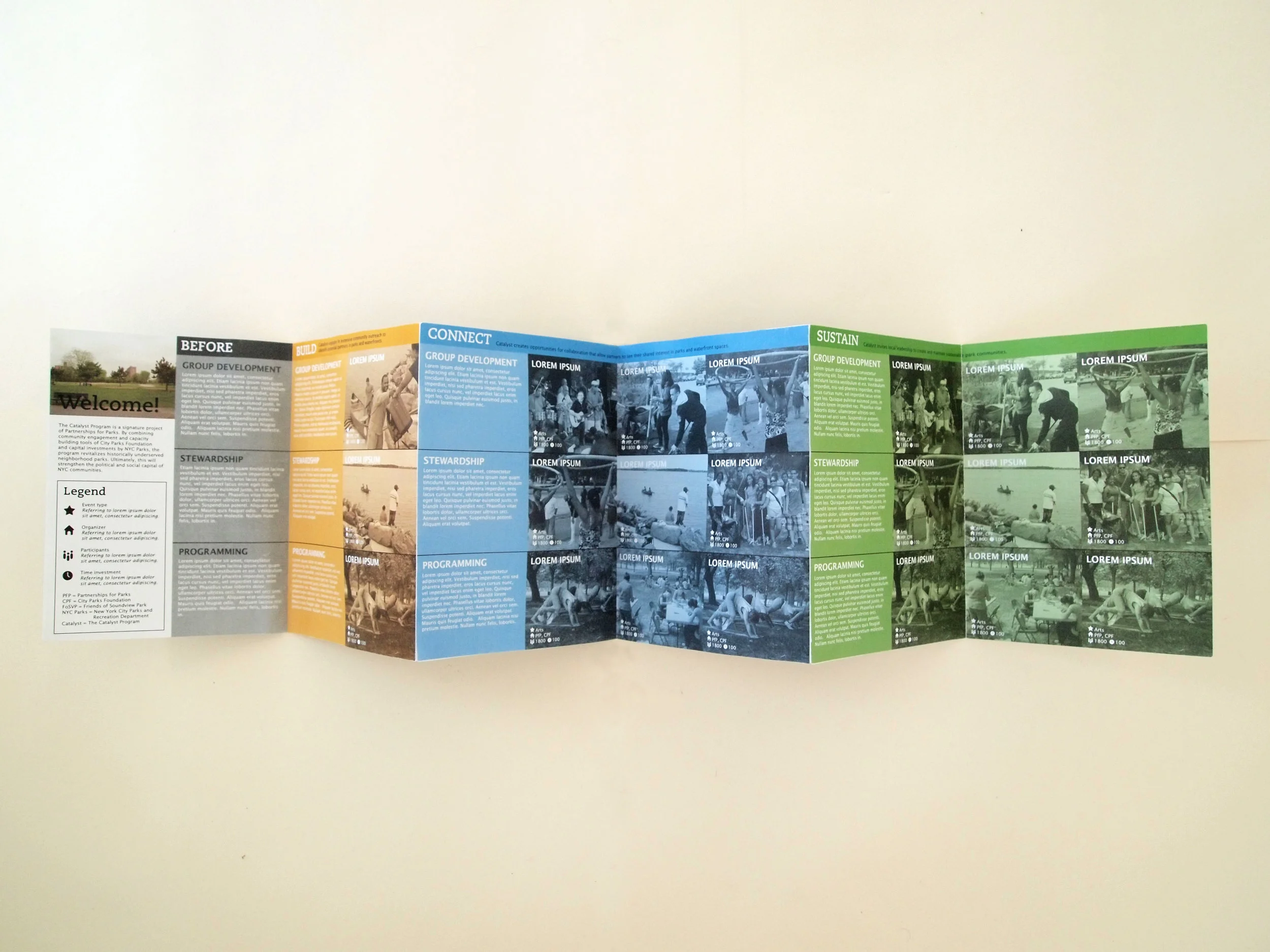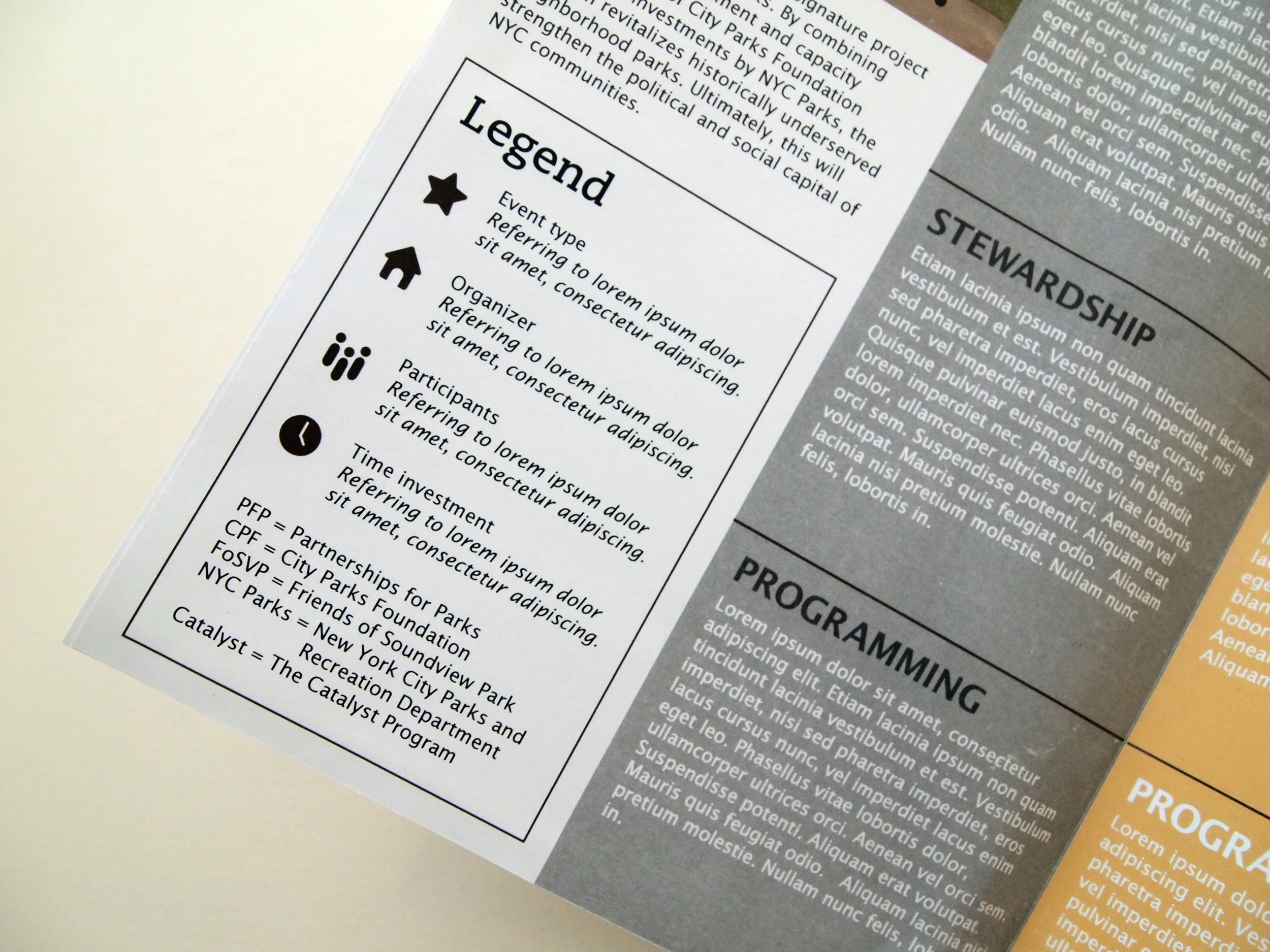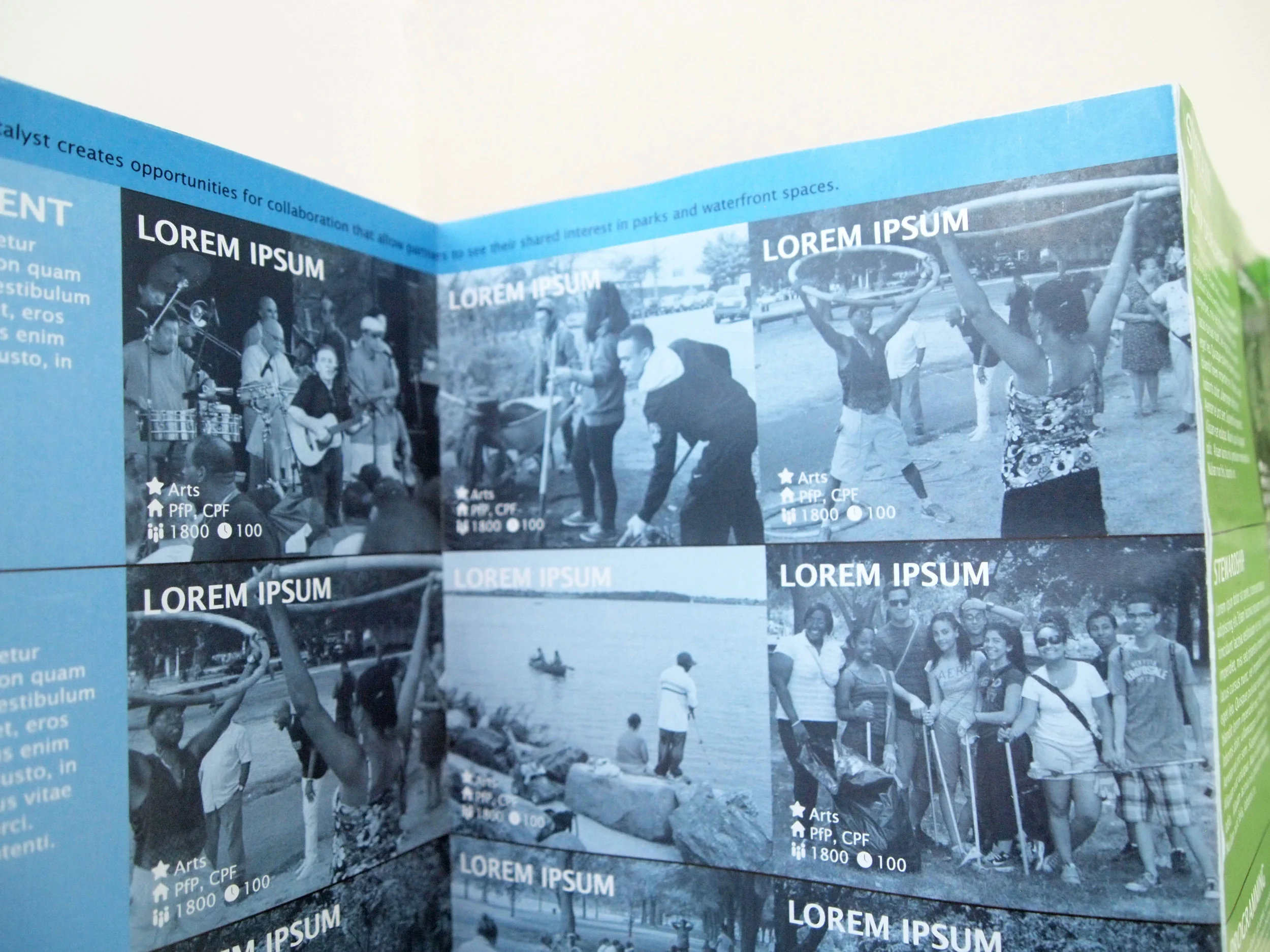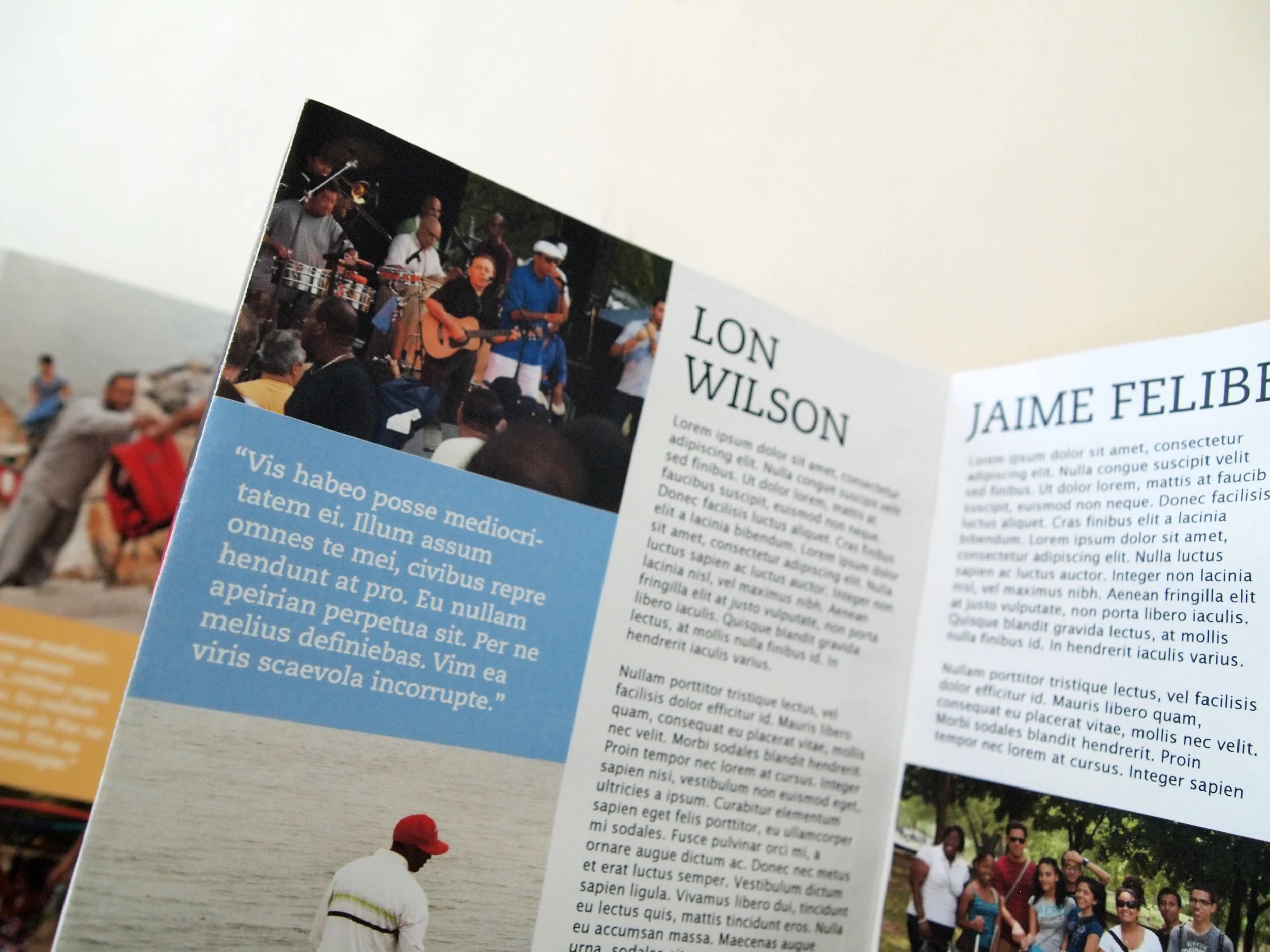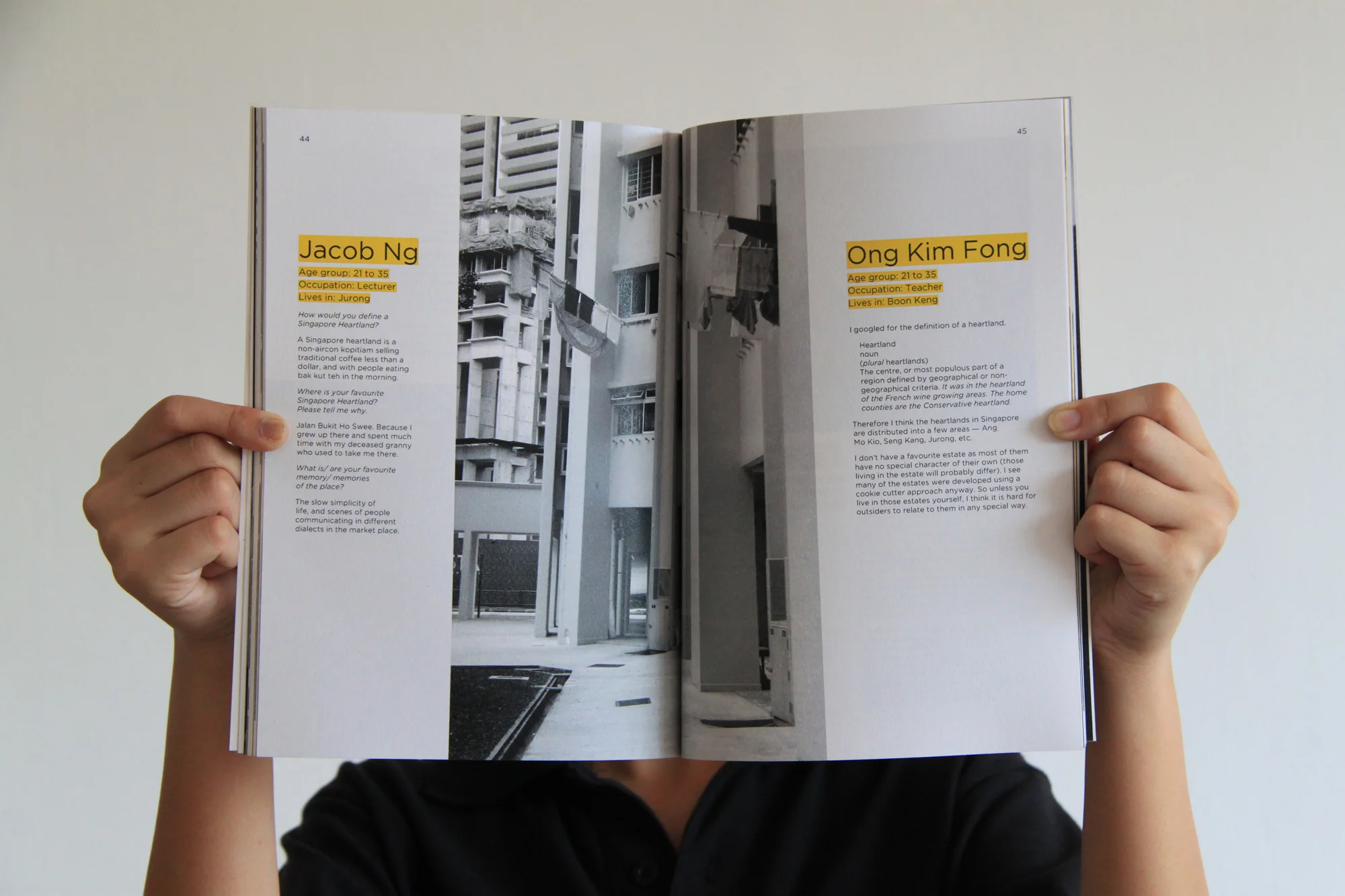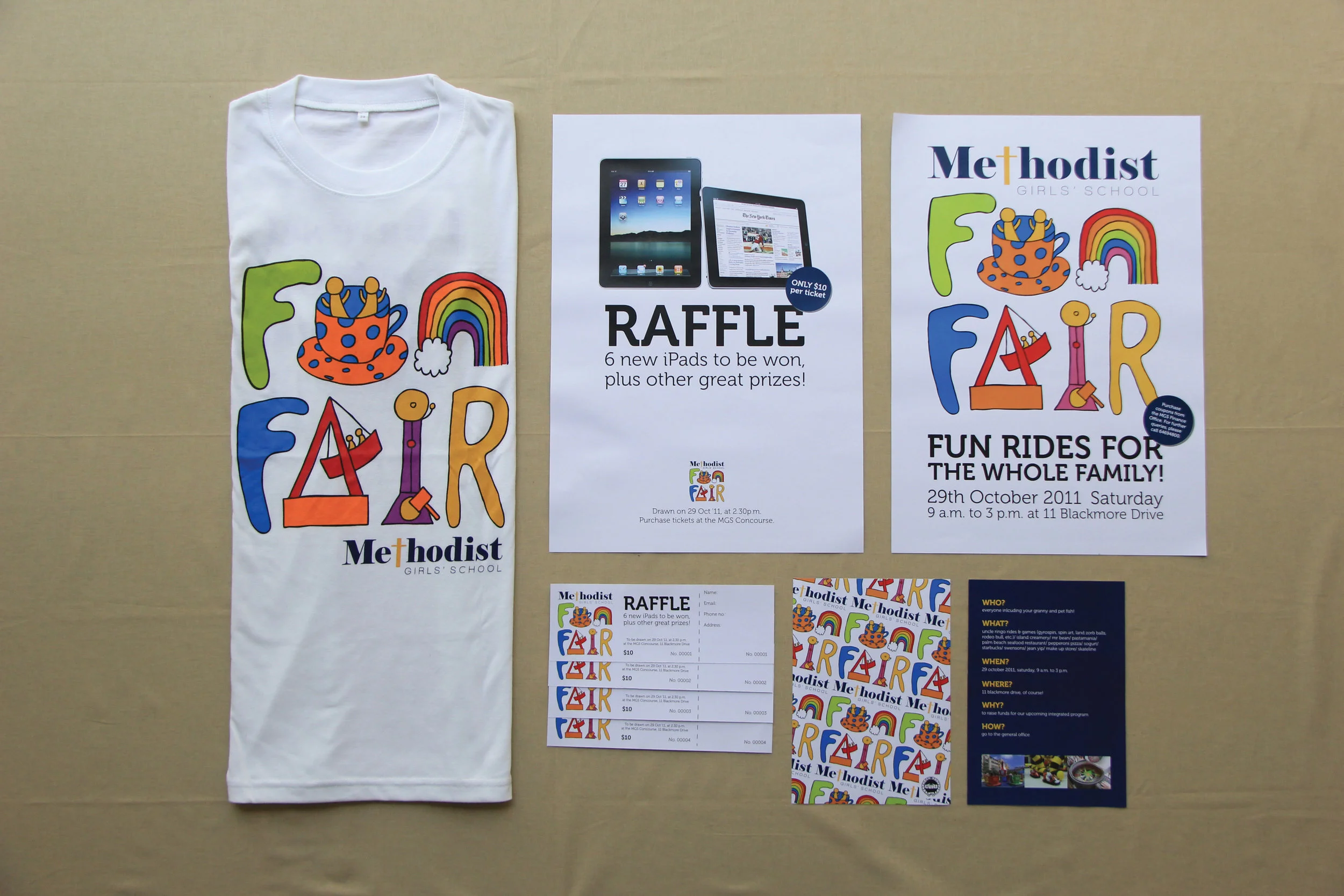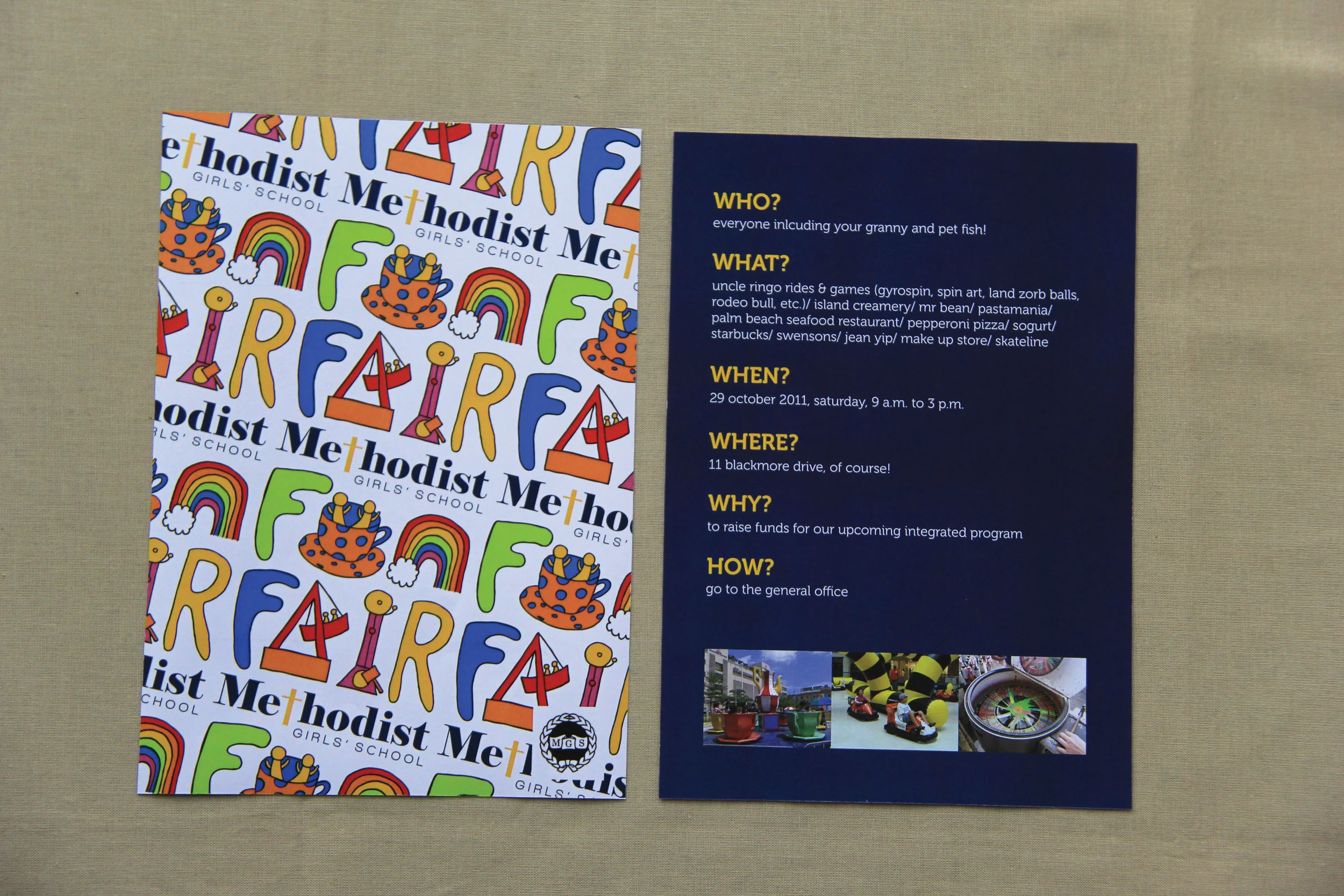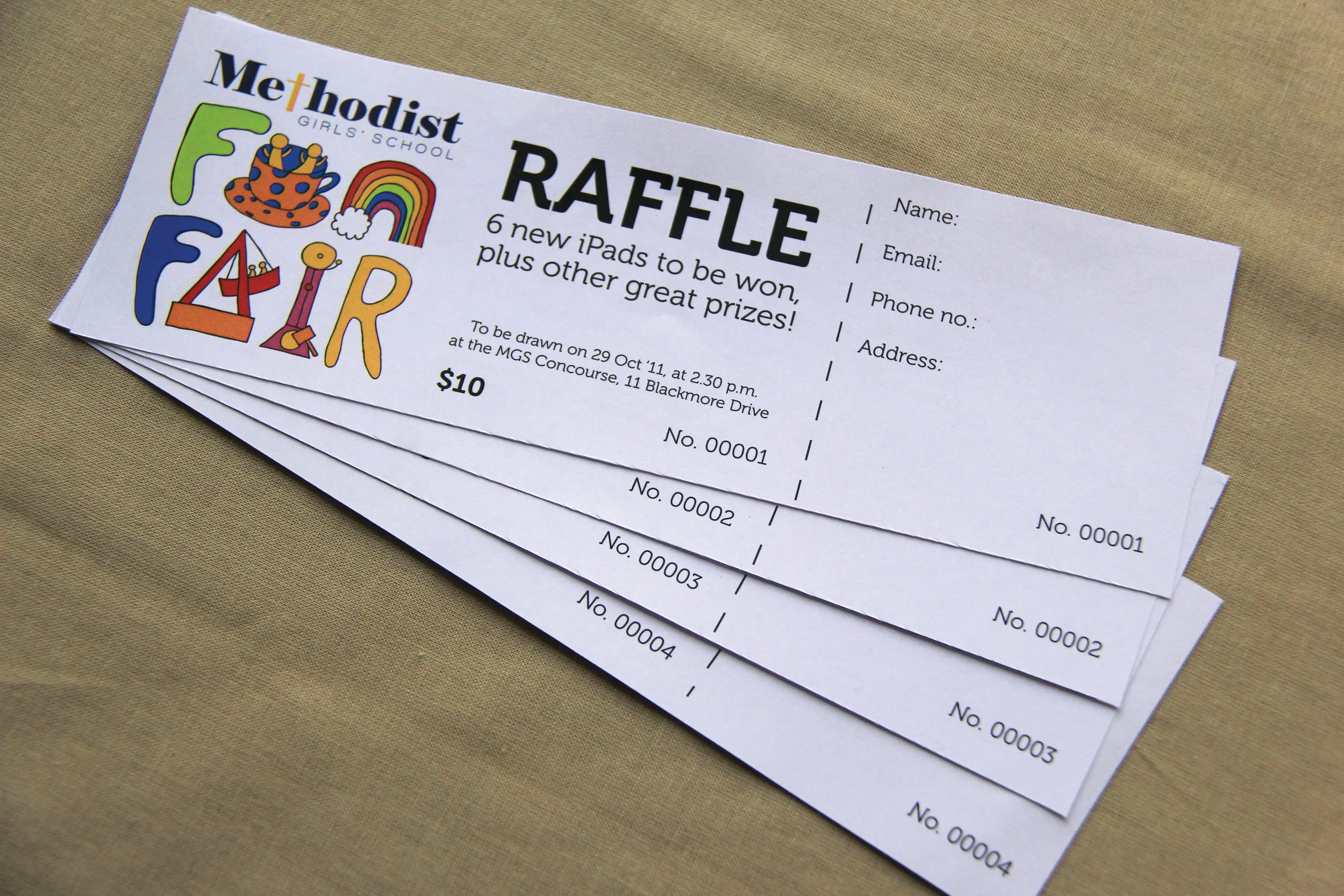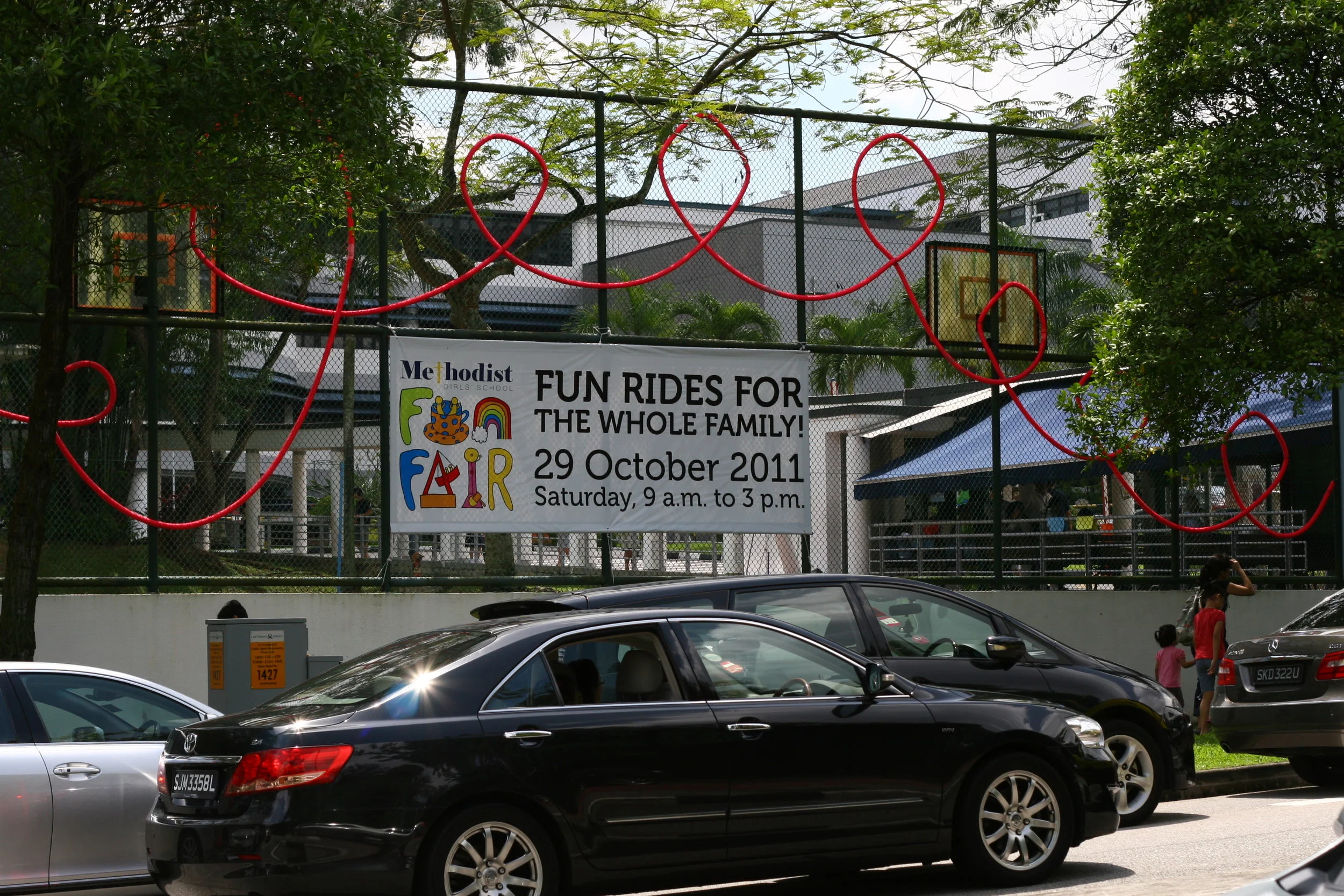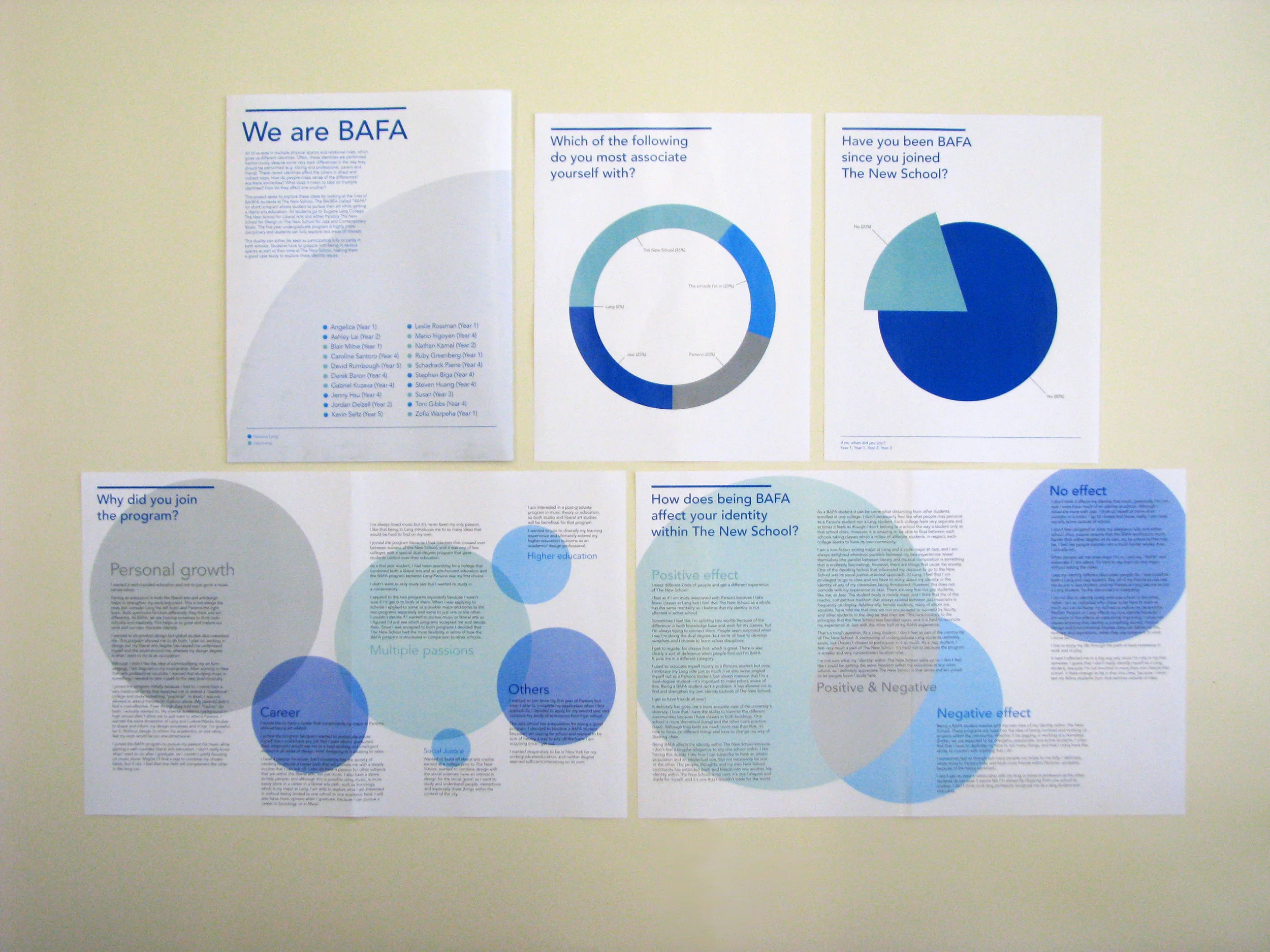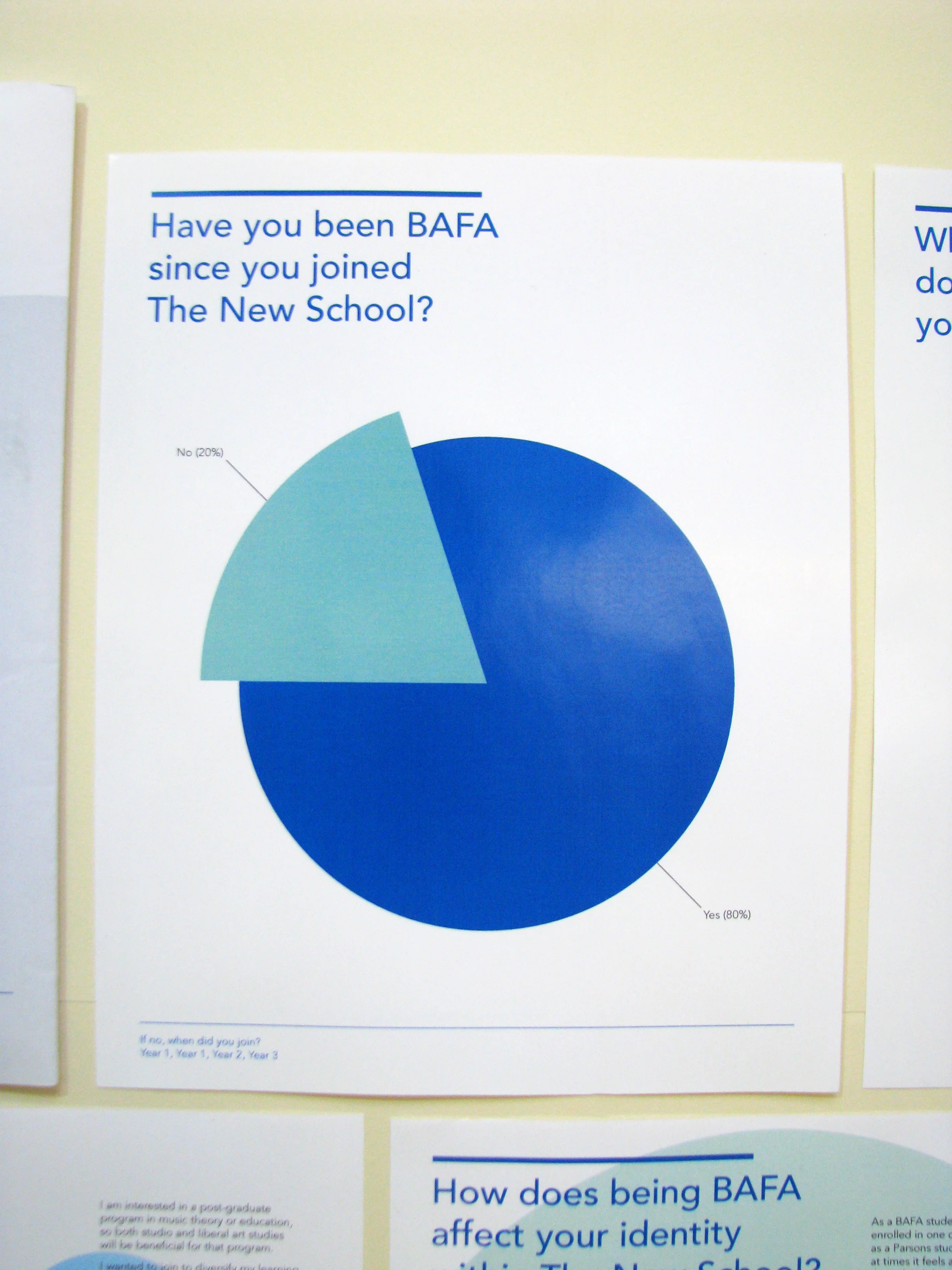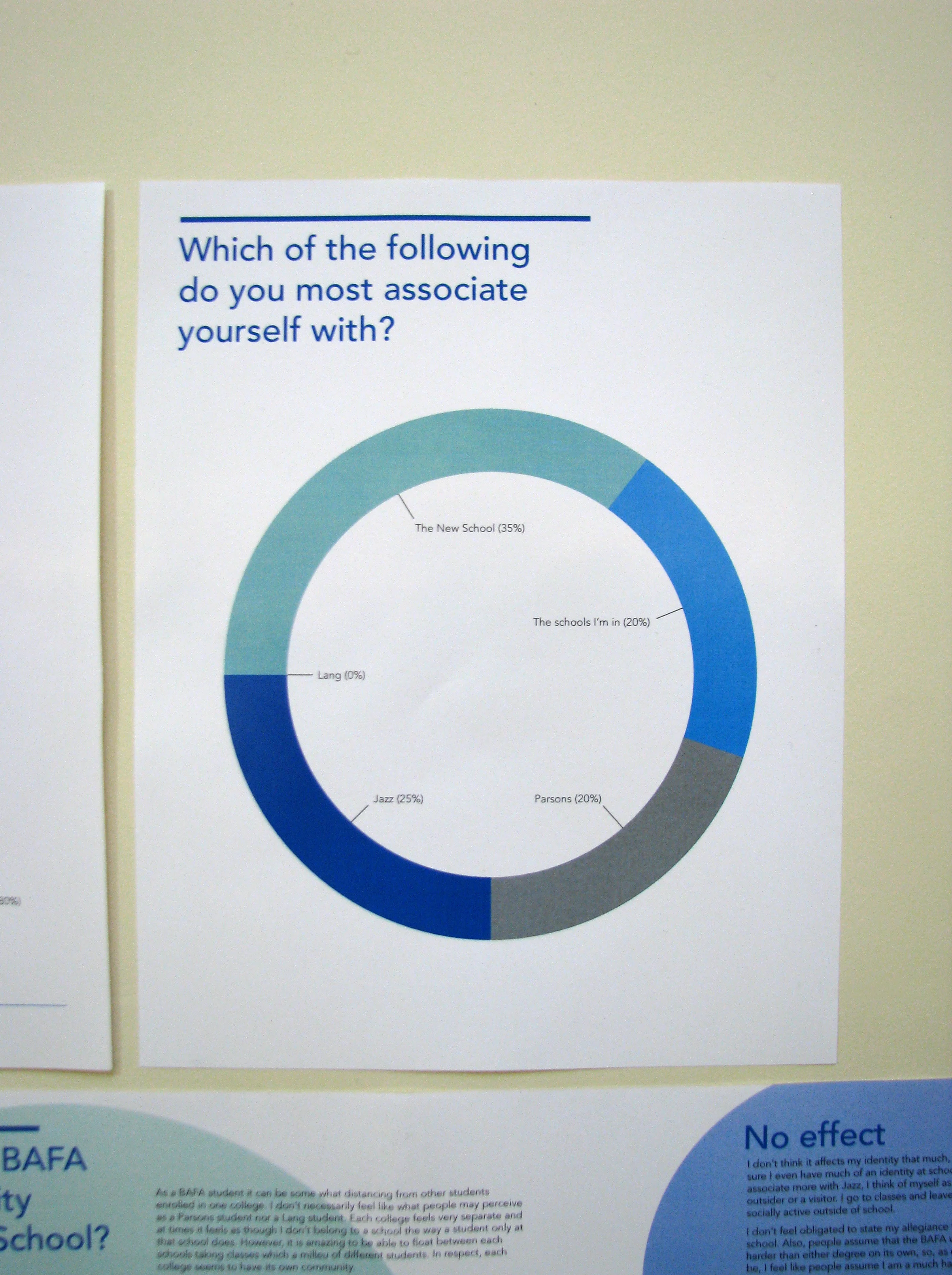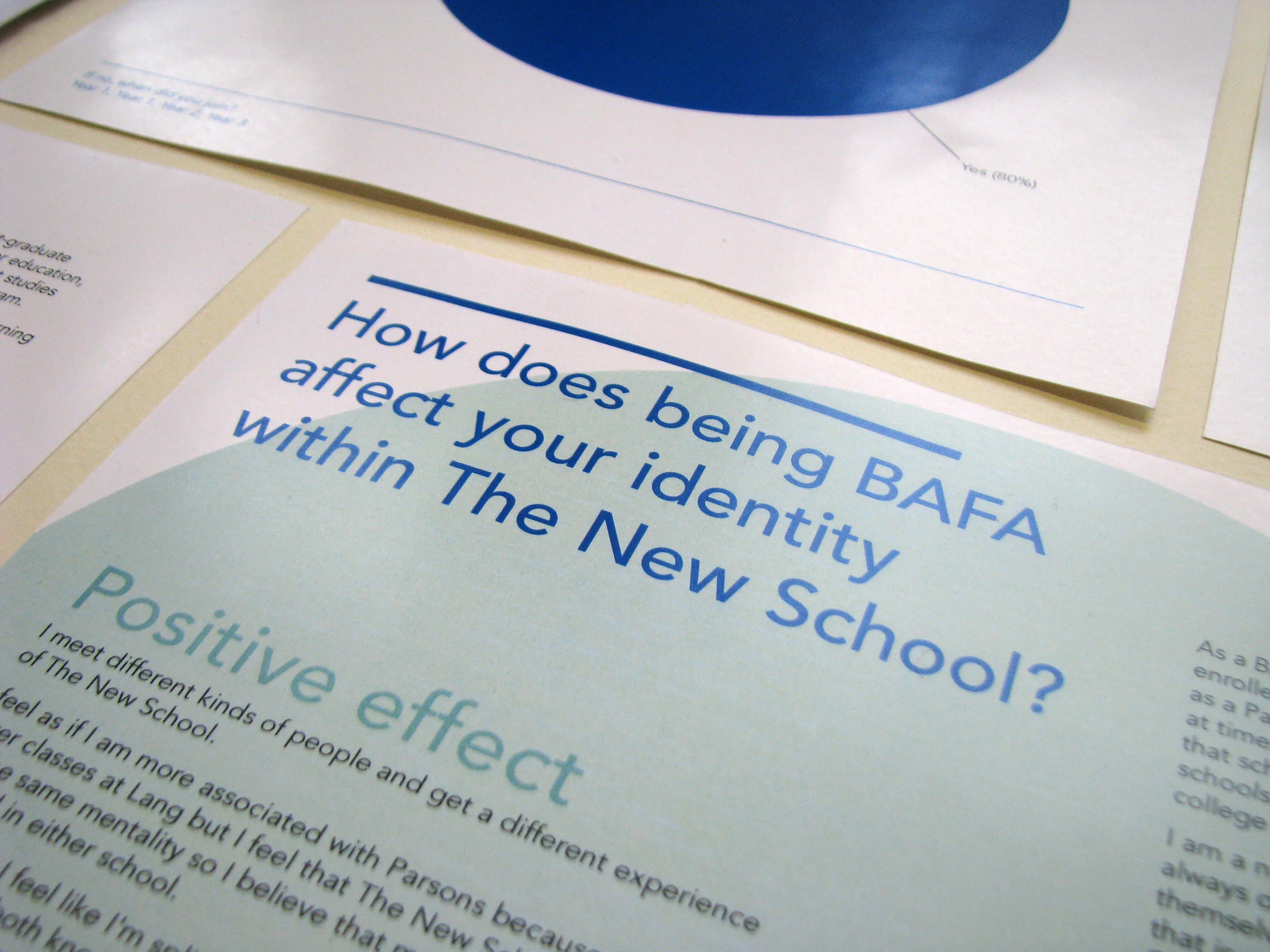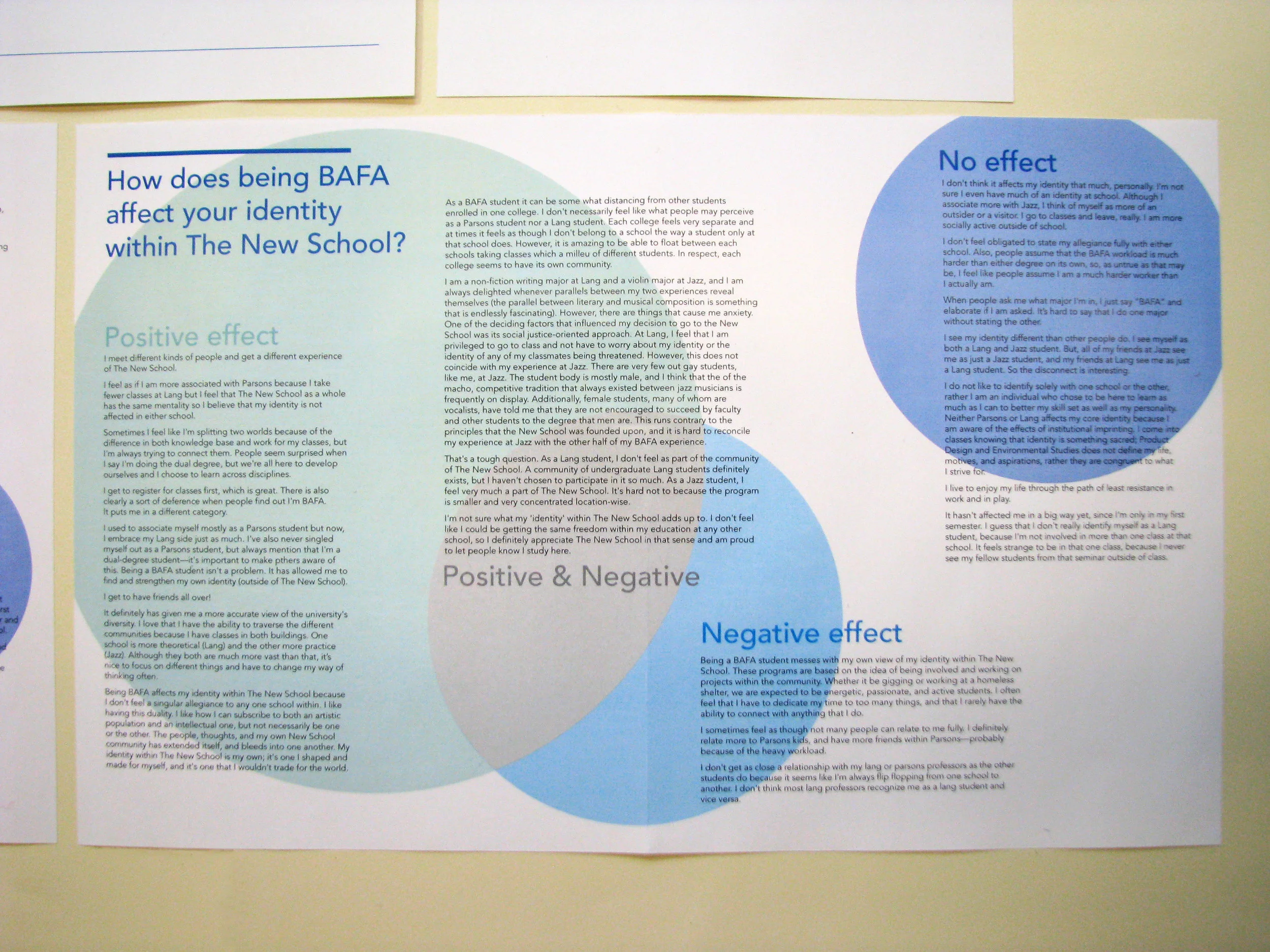check out what i’ve been learning recently
For many years, Soundview Park was a disheveled and dangerous neighborhood park in the Bronx, New York. Through four years of hard work, Partnerships for Parks’ Catalyst Program and the Soundview community transformed the space into a vibrant hub and a community asset. This transformation was captured in print and audio through the perspectives of both stakeholders.
The outside of this brochure focused on narratives as told by four members of the Friends of Soundview Park, while the inside focused on the quantitate measures of the Catalyst Program’s Build-Connect-Sustain model. Key statistics and facts are divided across three areas–Group Development, Stewardship, and Programming. This brochure was conceptualized and visually designed by me with guidance from Partnerships for Parks.
Audio
Four key members of the Friends of Soundview Park, who are also long-time residents, share their thoughts on the past, present, and future of their beloved neighborhood park. These interviews were conceptualized, recorded, and edited by me.
In 1999, Singapore’s then-Prime Minister Goh Chok Tong popularized the term “heartlander” as a way to characterize Singaporeans who lived in public housing estates. This term carried connotations of belonging to the working or lower middle class, being less educated, having local (rather than global) perspectives on political, economic, and cultural issues. This was despite the fact that at the time, more than 70% of Singapore’s population lived in public housing.
This term did not come to define my experience living in public housing, especially as I grew up through rapidly development in the 90s and early 2000s, yet it was still in use. Were there others who felt the same? Is the term still relevant? How might Singaporeans define this term a decade later? I asked those questions to the people featured in this book, hoping their responses will spark conversation on how we define ourselves.
This book was conceptualized, produced, and designed by me.
After more than five years in business, the co-founders of SoundFarm Production Studio were looking for a brand refresh. They had grown from two young men passionate about music production into a full-fledged company with clients ranging from local independent artists to global entertainment companies. They built their brand on high quality work with a comprehensive range of skills while remaining approachable.
I approached this project with a full decade of fond memories my alma mater’s annual fun fair. It was the only time in the year where the rules didn’t apply and we could (literally) let our hair down. I captured that spirit through my color choices and highlighting the various fair games which would be the bedrock of many long-lasting friendships.
A glimpse of Nyc's Greenwich Village during the 1940s
Anatole Broyard is the author of Kakfa Was the Rage: A Greenwich Village Memoir (1993).
After his military service in World War II, he returned to the States to study at The New School under the GI Bill. He also lived in Greenwich Village during this time. Kafka Was the Rage is his portrait of a bohemian, intelligent and experimental neighborhood. The interview recorded is between his daughter, Bliss Broyard and his close friend, Vincent Livelli.
This Storycorps-style piece was produced Julie Napolin and Michael Garofalo, recorded in collaboration with Amanda Manning, and edited by me. This piece is also a part of The New School Archives.
Transcript
Cassie: Anatole Broyard’s Kafka Was The Rage is an indelible portrait of New York City’s Greenwich Village in the 1940s. Anatole paints a picture of a rich, energetic, bohemian neighborhood that was home to countless creative types. Here, his daughter, Bliss Broyard and Vincent Livelli, his close friend reminisce about those days.
Bliss: Okay, so Vincent, how did you meet my father, how did you meet Anatole?
Vincent: Well, I couldn’t help but meet him, he was out standing. He was in the cafeteria at Brooklyn College. People sort of shied away him, because he was a misfit like me. We were both orphans at the uh, Brooklyn College scene, because he stood out as a Bed-Stuy guy and I stood out as a fascist Italian. In those days, Bed-Stuy was not the place to come from. So we joined forces. In 1938, when we dropped out of Brooklyn College, we were gonna go to the Village to take an apartment. I said Anatole, I said let’s go to the San Remo for dinner, the second day we were here. Well, the San Remo was just guys playing Italian Scopa, cards, and uh, had sawdust on the floor. And this is a tough Italian social club atmosphere. I was barely admitted because I was Italian. They overlooked it. And when we went in there, Anatole and I started talking about Pirandello. And uh, D'Annunzio! Gabriele D'Annunzio! The famous uh, lover of many women, and born in Trieste. So all the Italian guys in the bar heard these names. When they knew we were into Italian literature to that extent, they were impressed. So from then on, we had, could do anything we wanted in the San Remo. Order people around, we had the best table, had a round table, which seated six people. Little by little that table became the nucleus of an intellectual atmosphere that was beautiful.
Bliss: Right, who did you used to see at the San Remo?
Vincent: Here we go! Mary McCarthy. Okay, does that sound a bell? Then you had Delmore Schwartz, Maxwell Bodenheim, Joe Gould, Clement Greenburg, Anais Nin, Sheri Martinelli, Helen Parker, Sam Pass, who married they say Jack Kerouac, and uh, a guy named Frenchie, Earl Pilgrim, James Baldwin, Beauford Delaney and there were others who I don’t remember now. This became a nucleus of really talented people. Painters, writers, and adventurers.
Bliss: How do you think the Village has changed since the 1940s?
Vincent: It’s gone through several changes. In the 40s, it was a vacuum. And we installed a certain decorum, where we wore ties and jackets. One day, we were walking along McDougal Street and some of our friends–artists, painters–but influenced by uh... At that time, it was not to be conservative. That was corny and you were a nerd. You were starting to discriminate between intellect and the freedom of expression. That’s where everybody was going, to freedom of sex, etcetera.
Bliss: You mean, they were like hippies?
Vincent: Hippies, yes. We called them Beats, with hair that drew down to their shoulders. And I said to Anatole that, that day, I said this is the day that the world changes. It’s gonna go that way. And Anatole was identified as a Beat, which he was not. Because he wrote something about the Beats and they sorta thought, you know, it was popular to call people a Beat. They were sorta proud to be Beats. It was stupid because they could’ve been something elegant, and something productive in society.
Bliss: So what is the Village like today? Do you still, do you like the Village as much now?
Vincent: I could never do anything but love the Village from cradle to grave because what happens to it,
is human and it’s a world. It’s unique and this is the world that I uh, after having travelled to 80 countries, this has to flavor that life wants you to have.
Most people live, work, and play in multiple physical spaces and relational roles, lending them a variety of identities. Often, these identities are transitioned into and performed harmoniously, despite differences in what is expected of each identity (e.g. sibling and student, child and professional). How do people make sense of the differences? Are there similarities? What does it mean to take on multiple identities?
I explored these ideas by looking at the lives of BA/BFA students at The New School. The BA/BFA (colloquially “BAFA”) program allows student to pursue music, art, or design while getting a liberal arts education. This five-year undergraduate program is highly cross-disciplinary, allowing students to fully explore two areas of interest. This duality can be seen as participating either fully or partly in both disciplines. 20 BAFA students answered four questions—two multiple choice, two open ended. The answers to the open ended questions are sorted into themes based on the content of the answer.
This document was conceptualized and designed by me with the content of 20 contributors.

